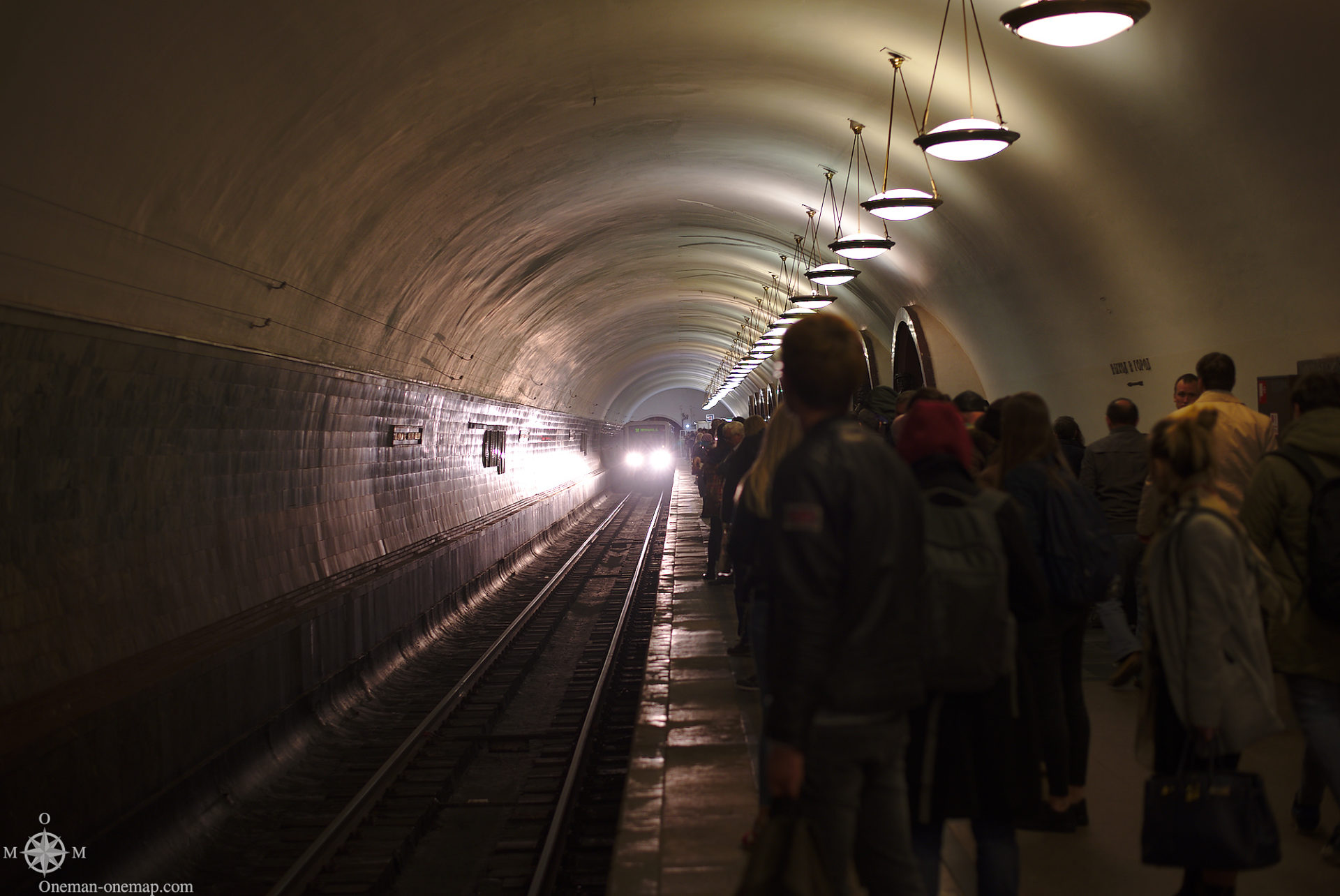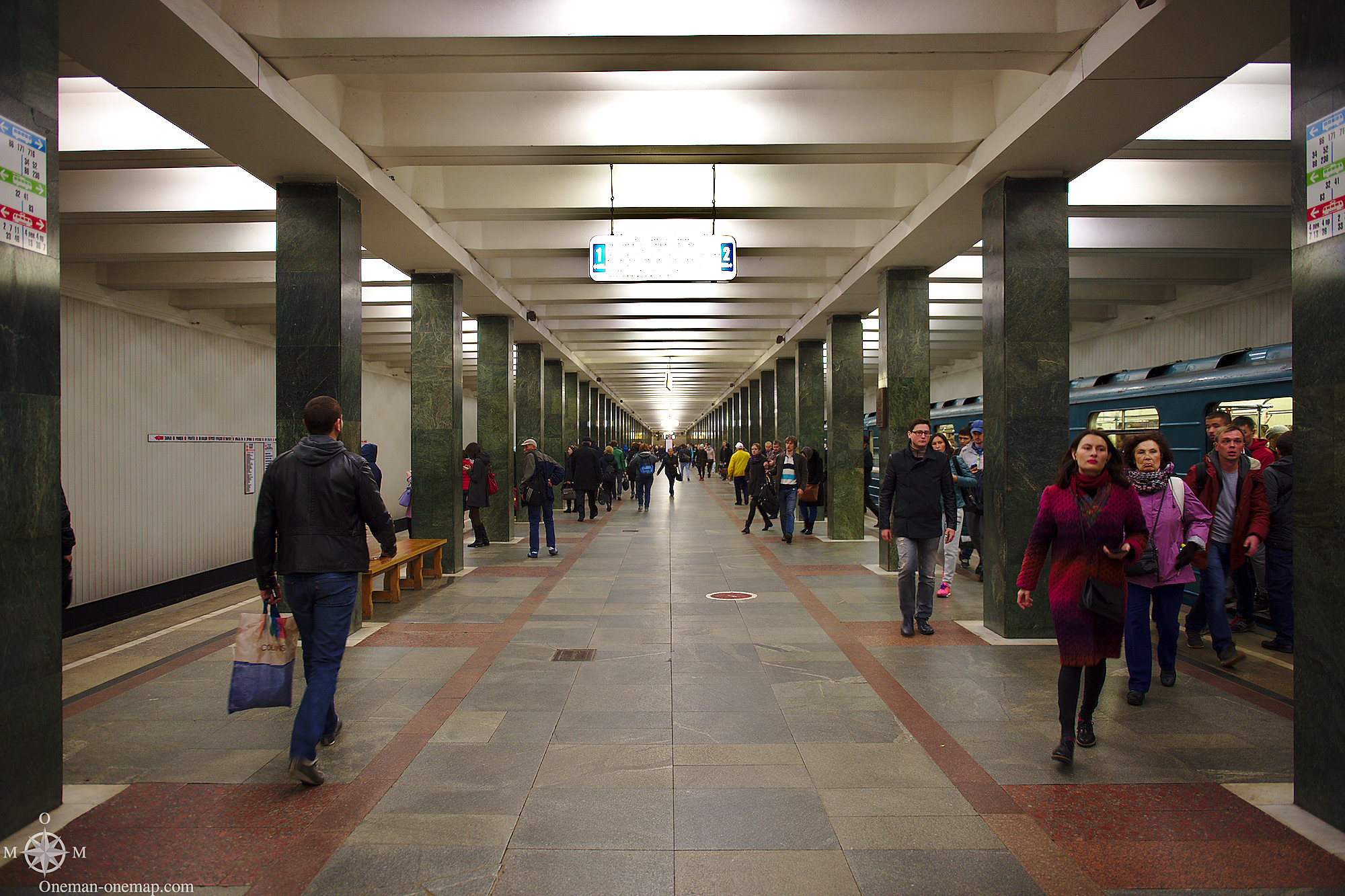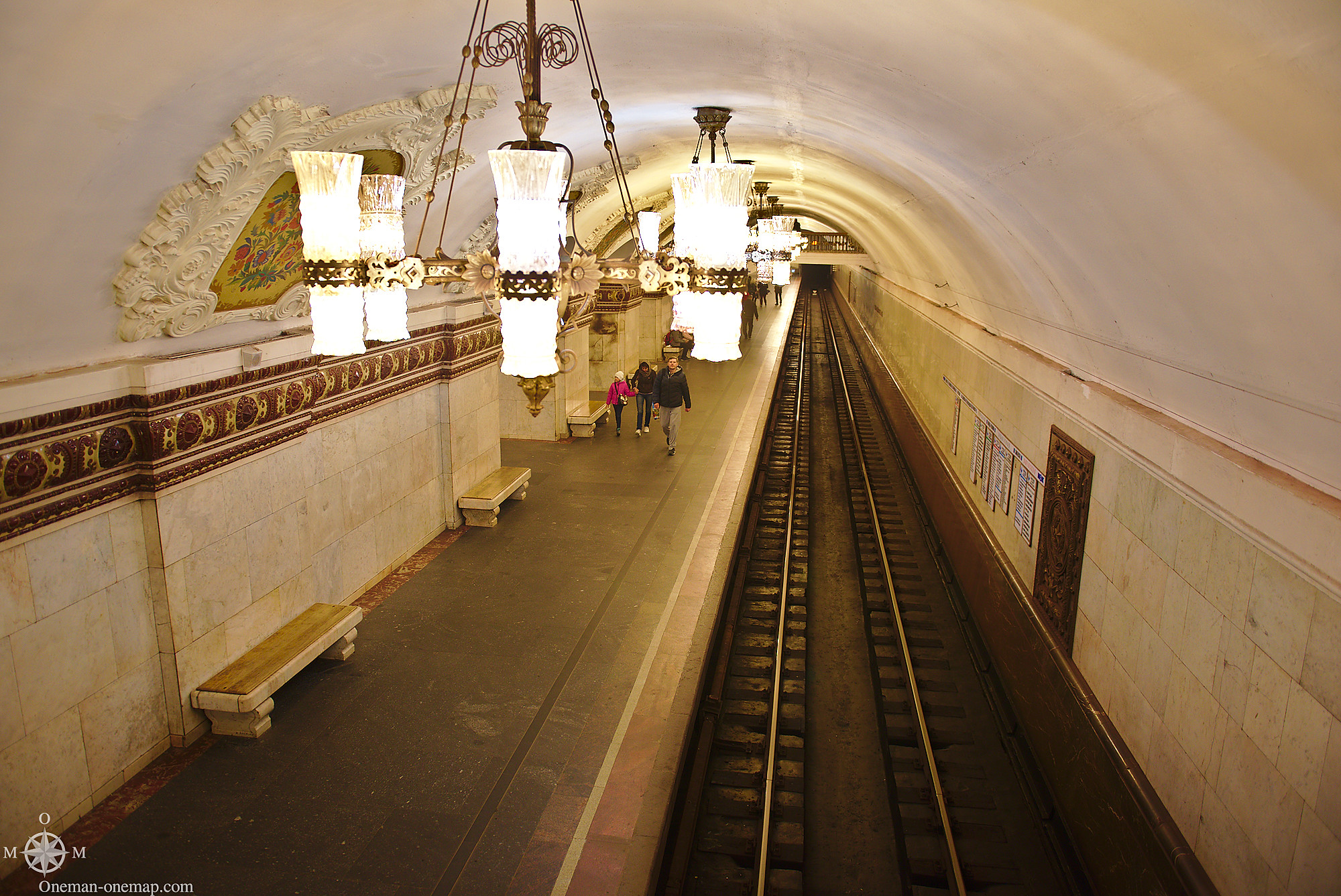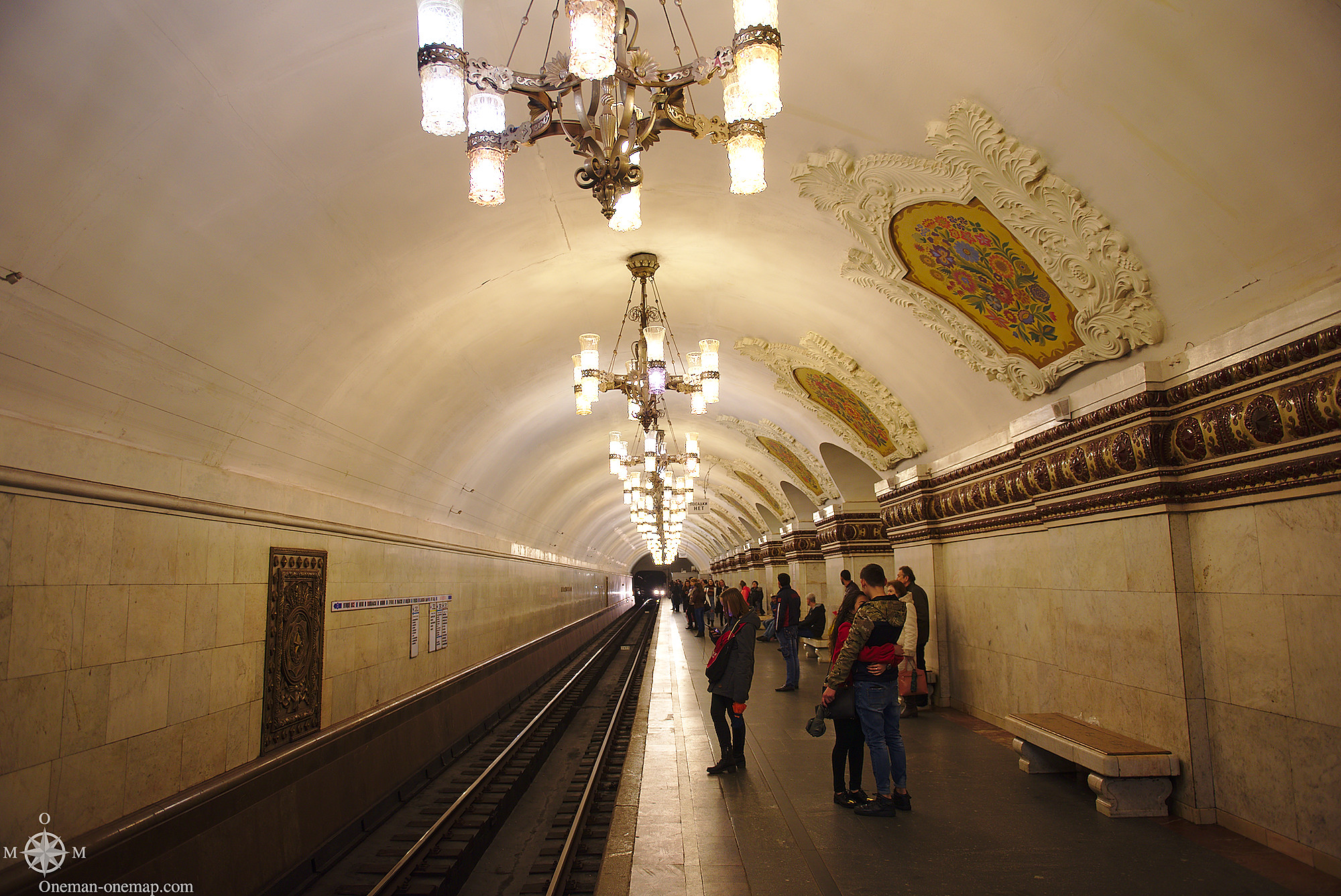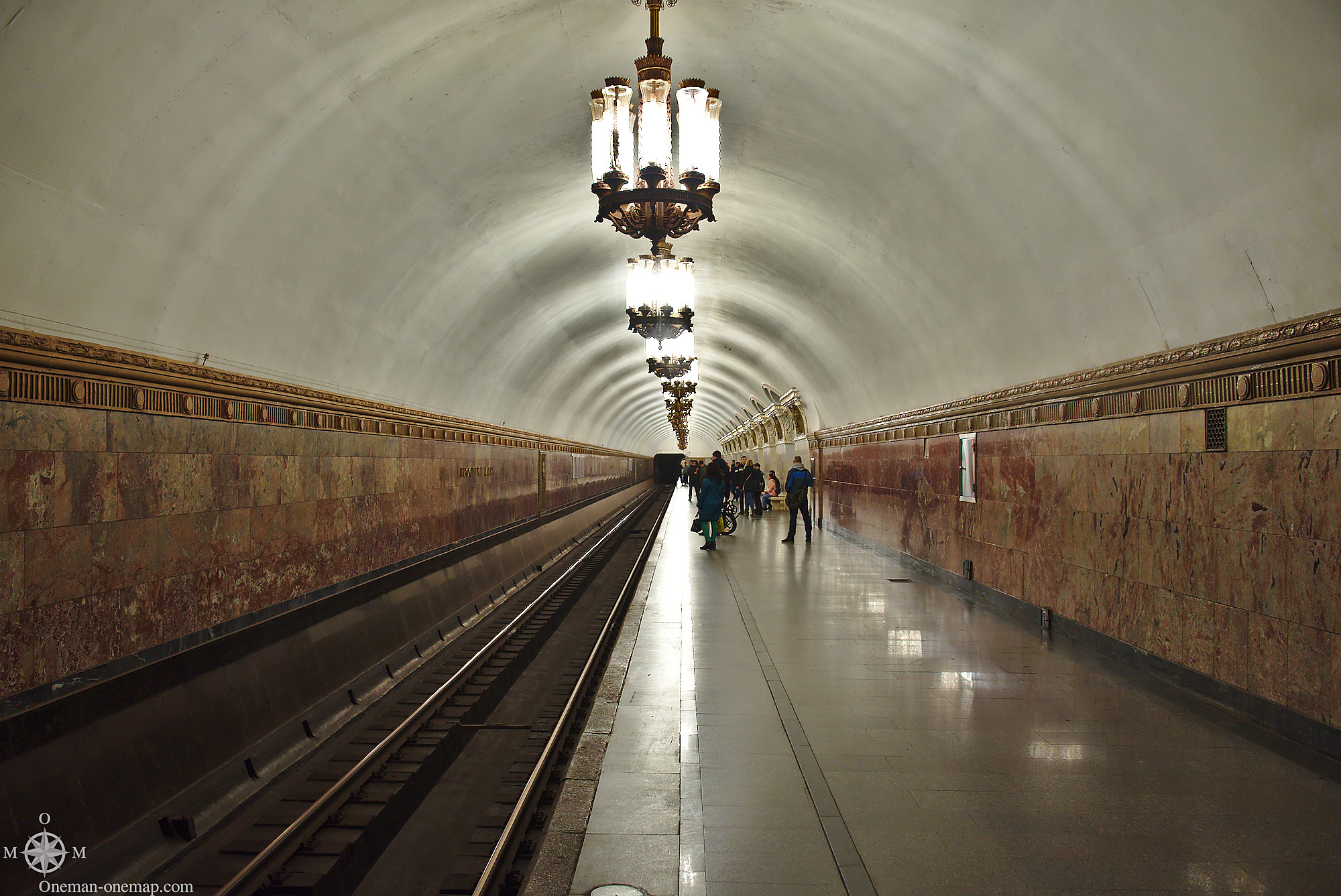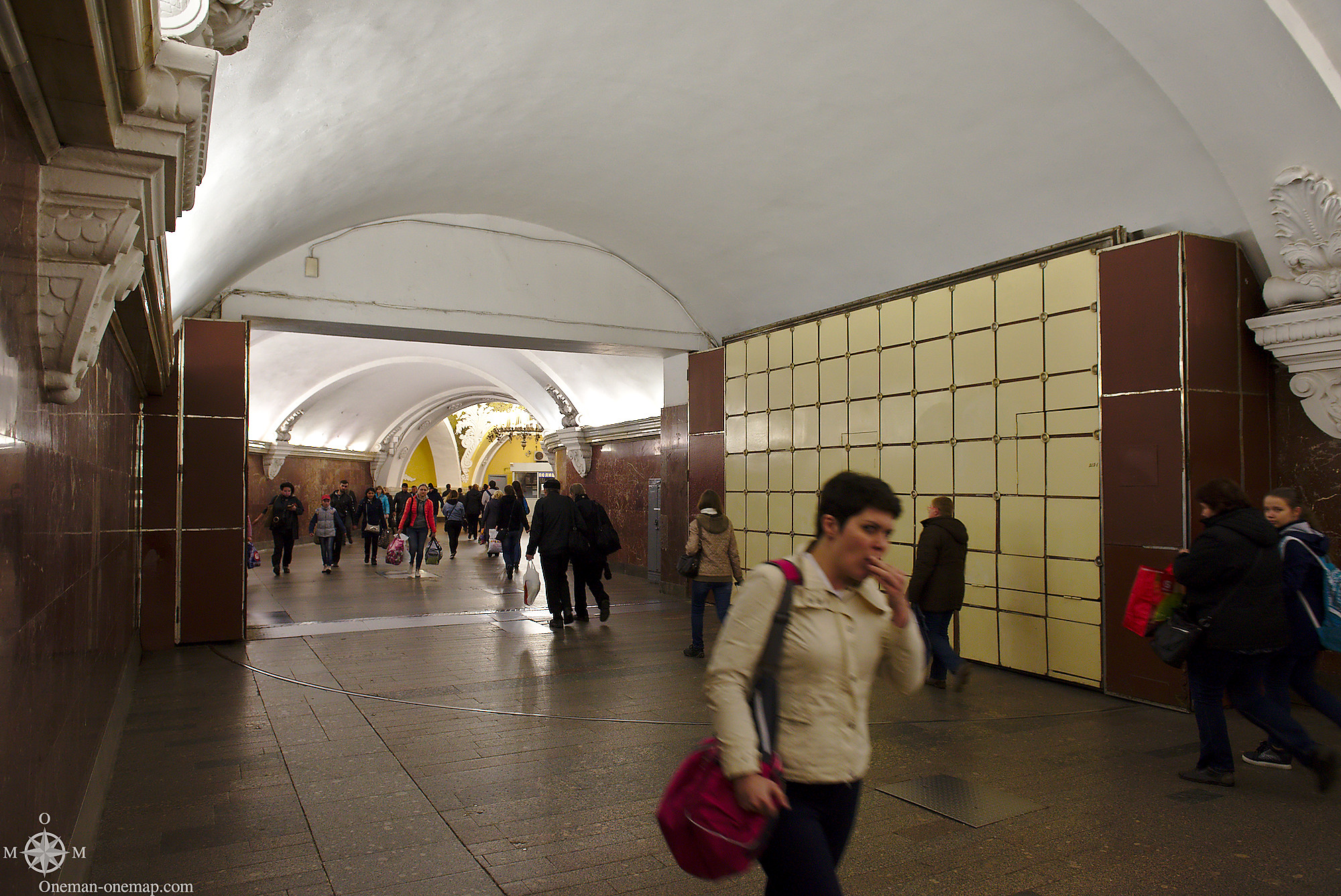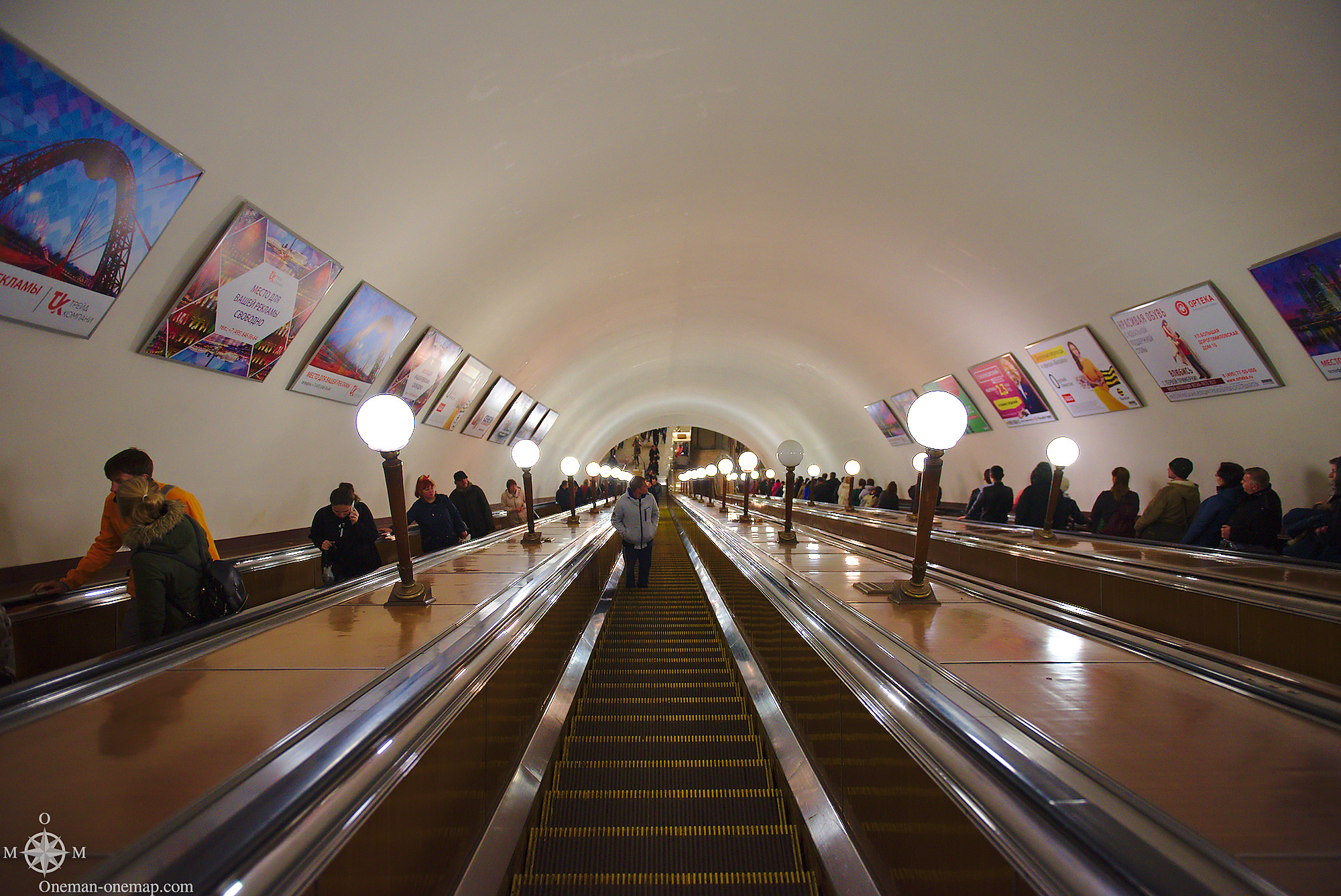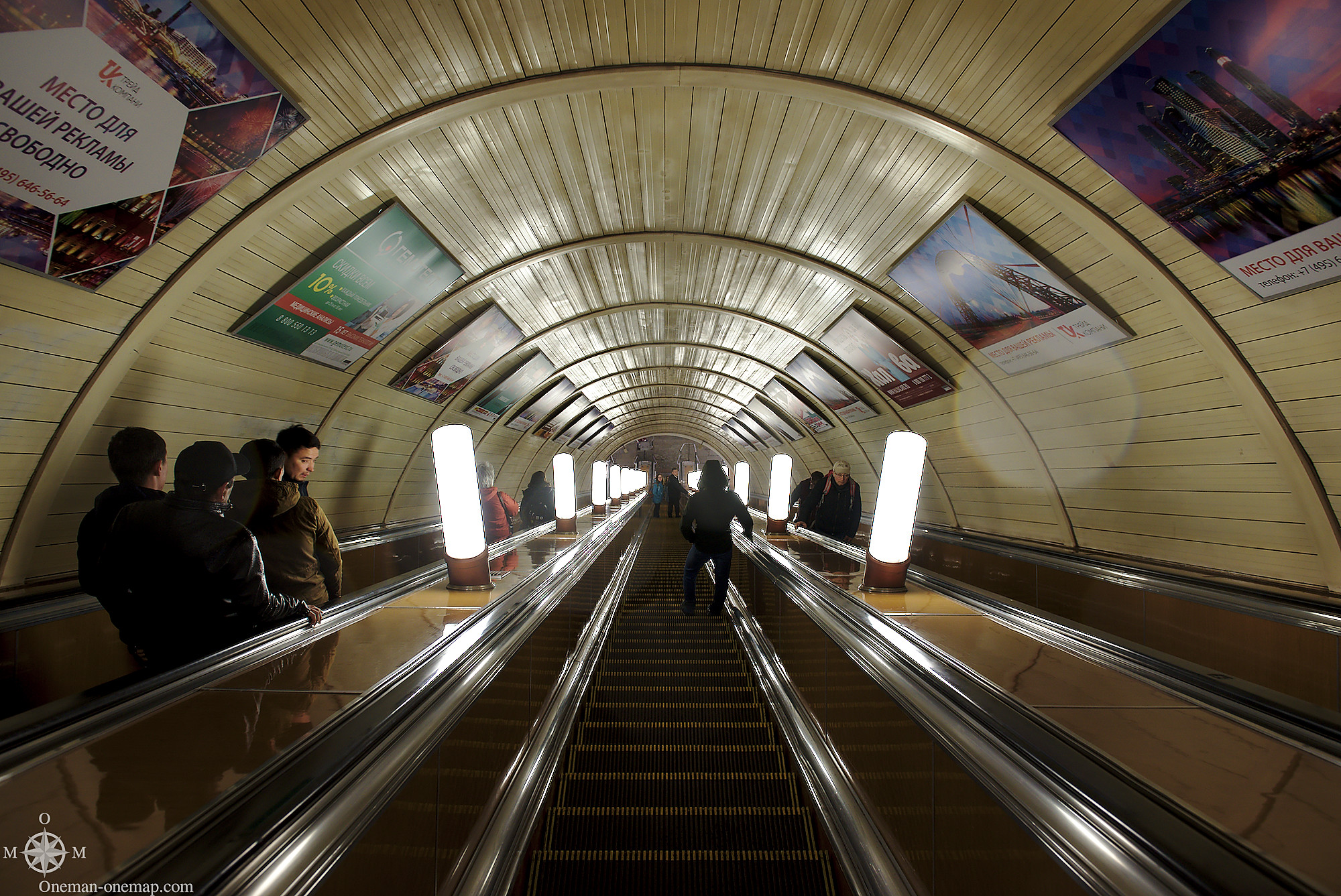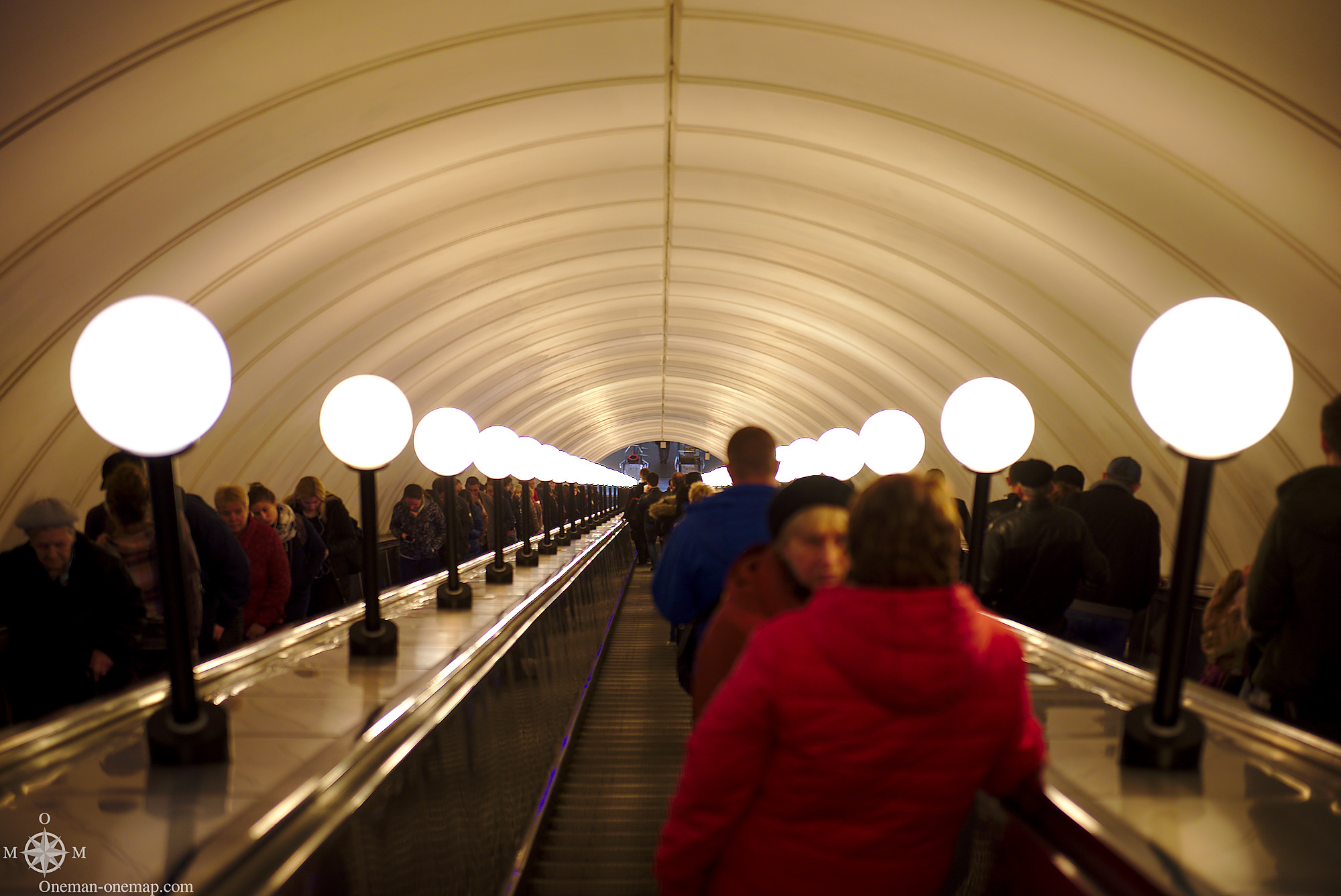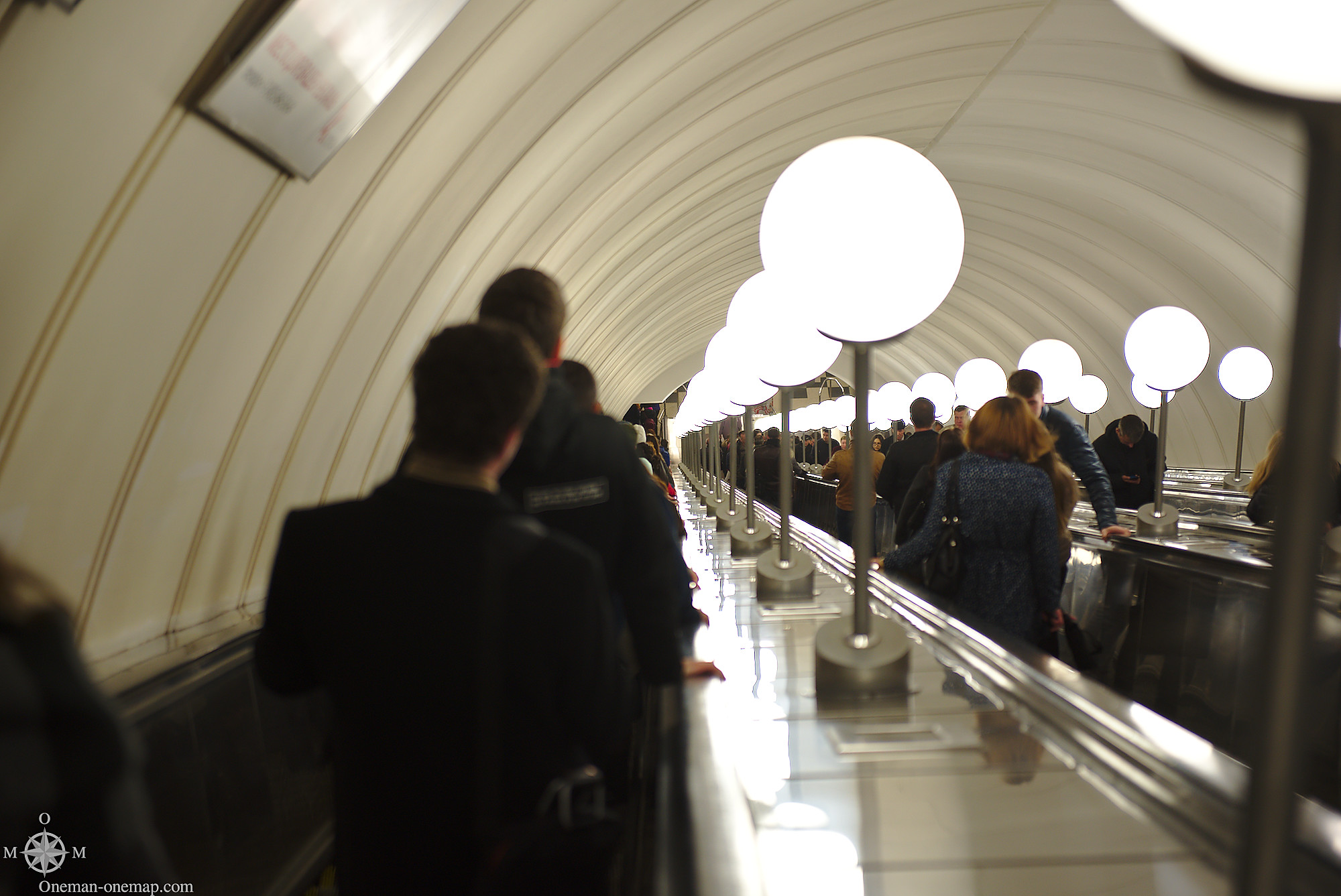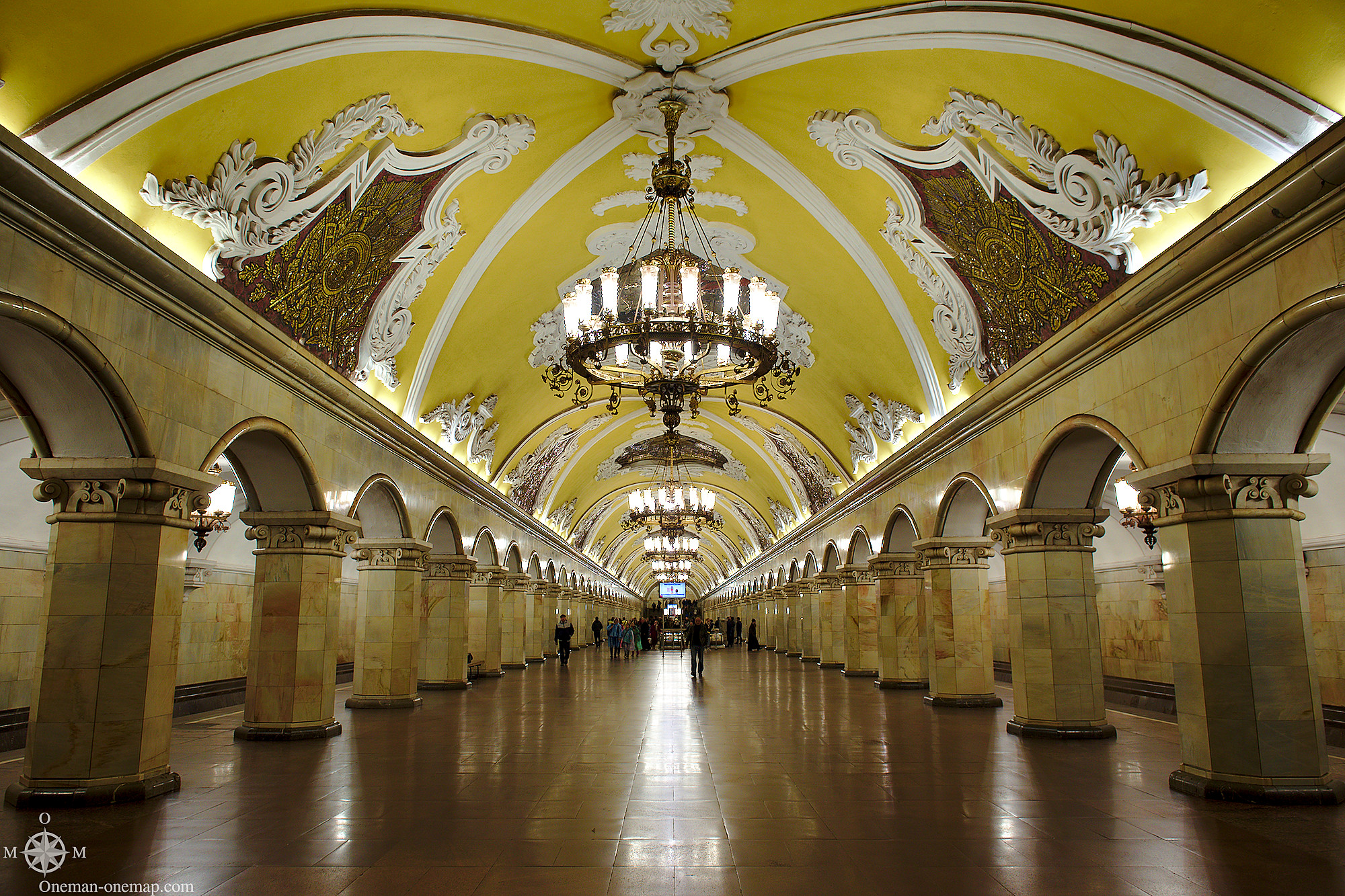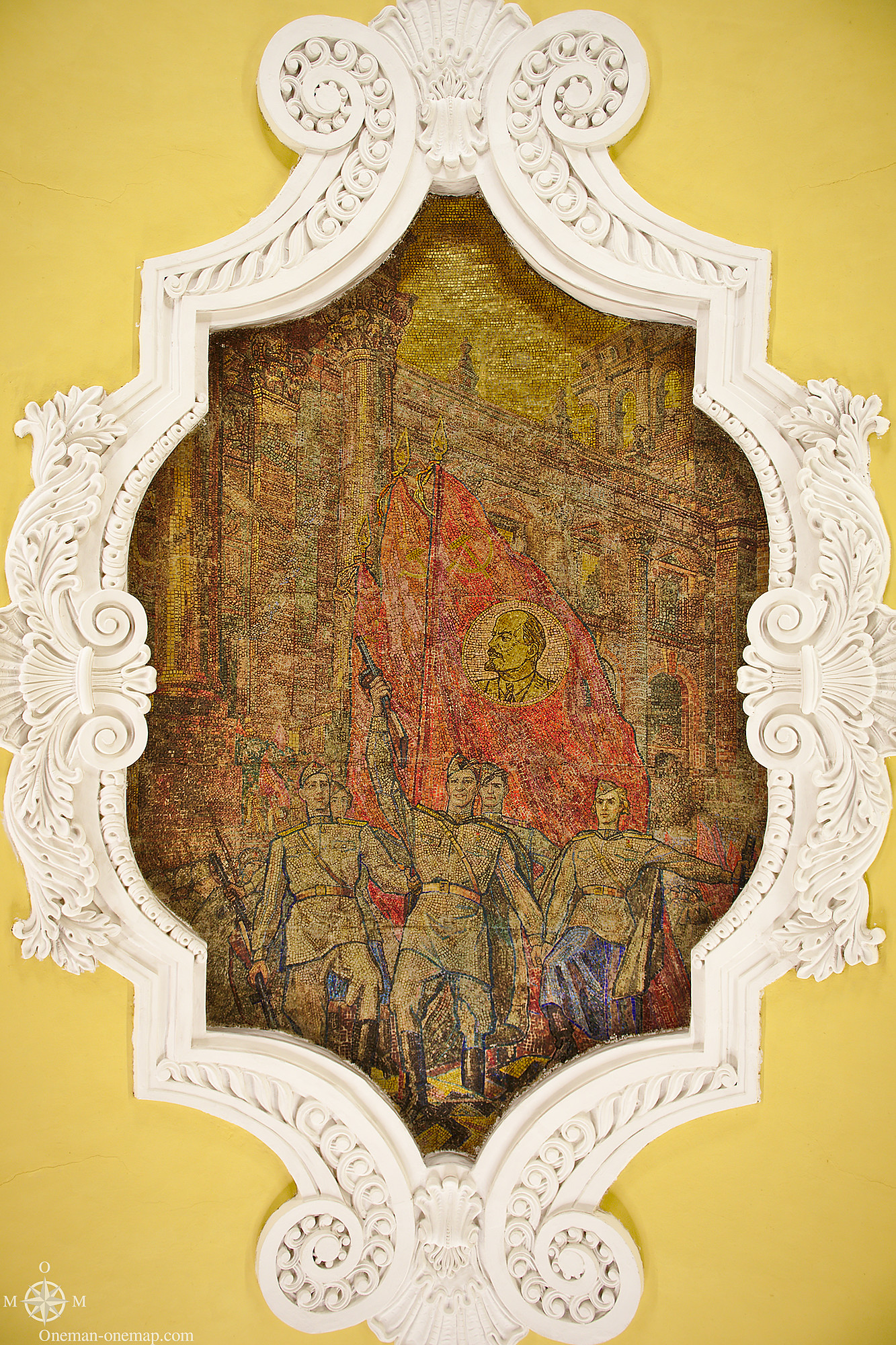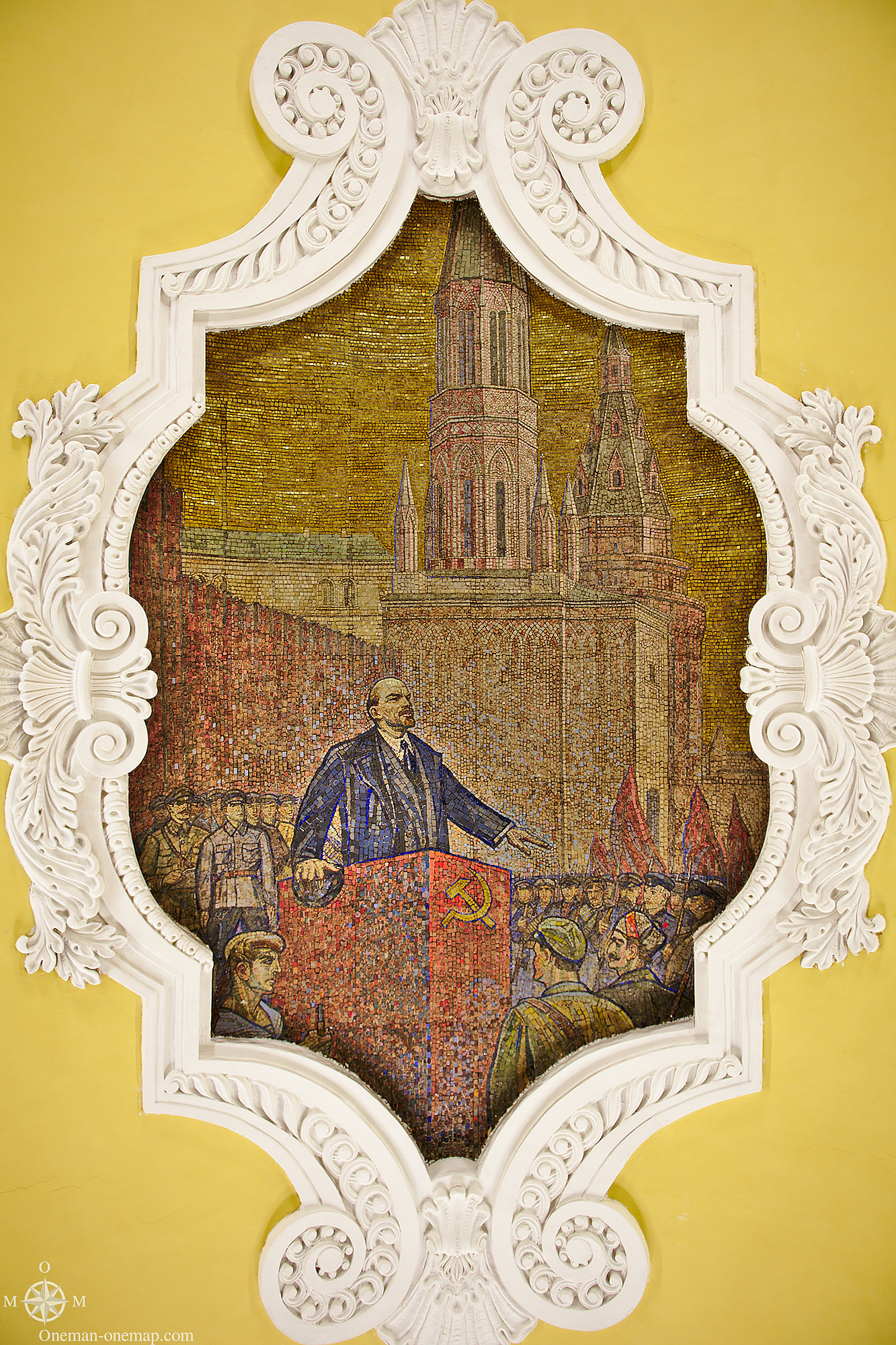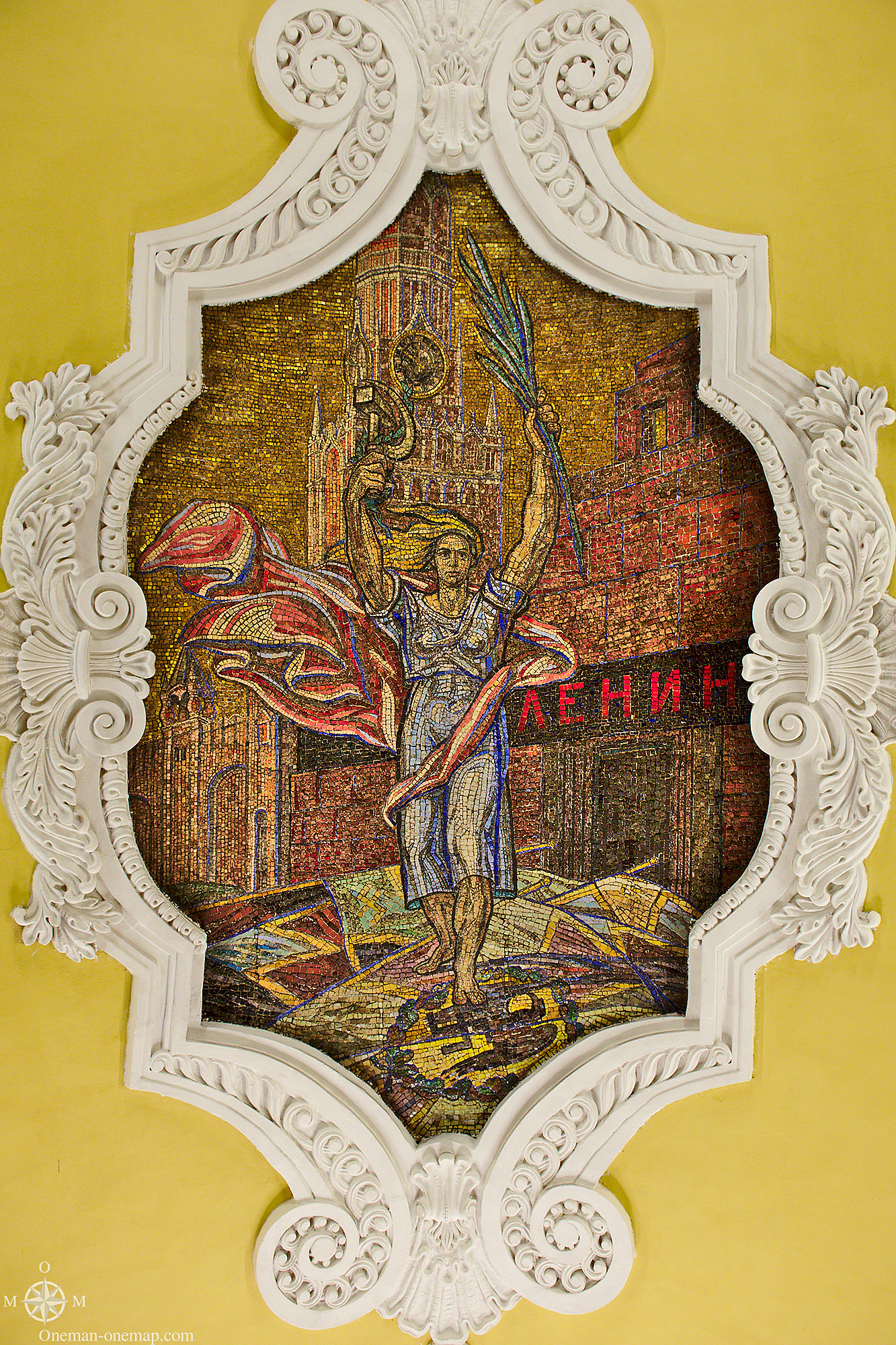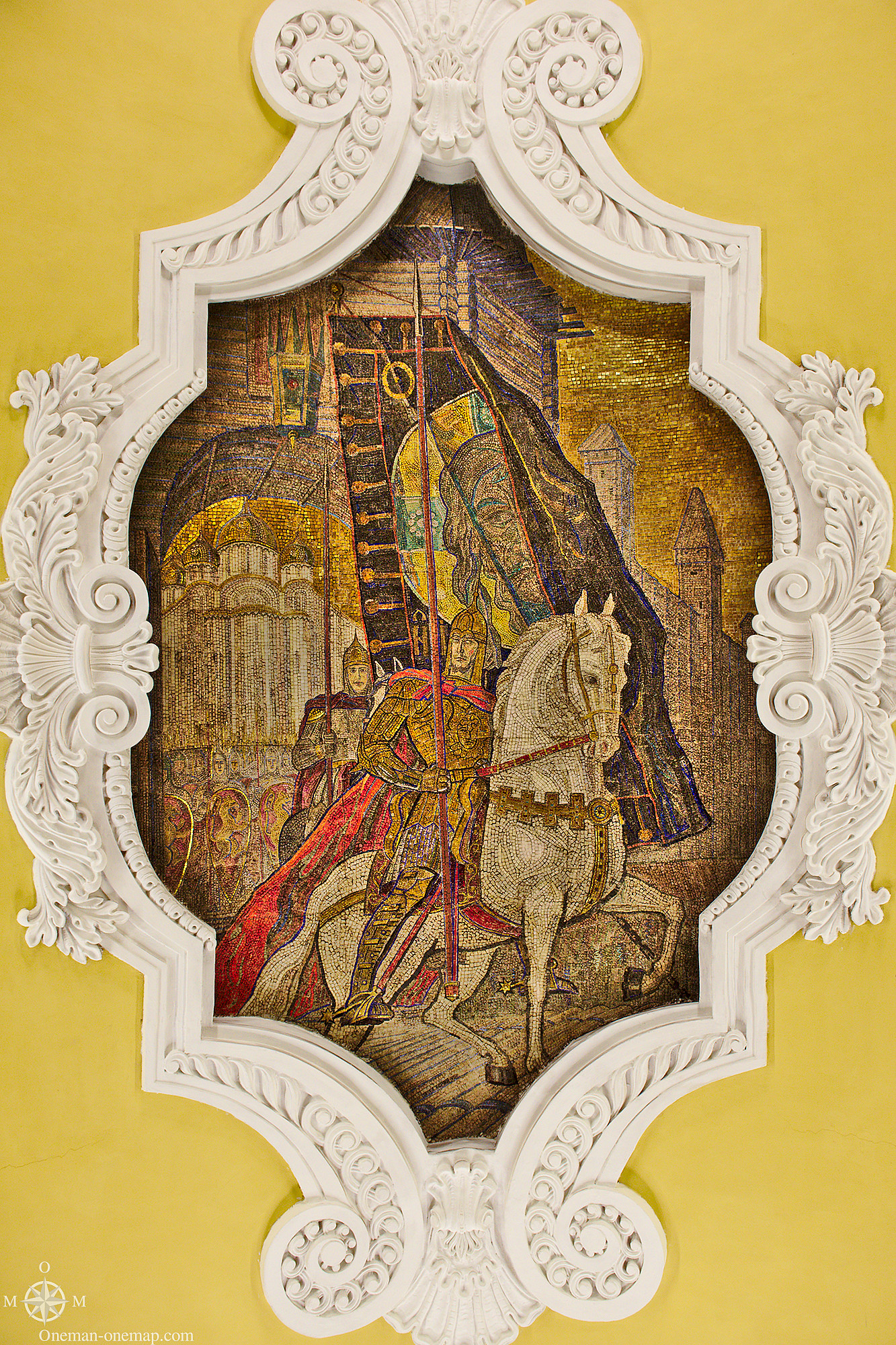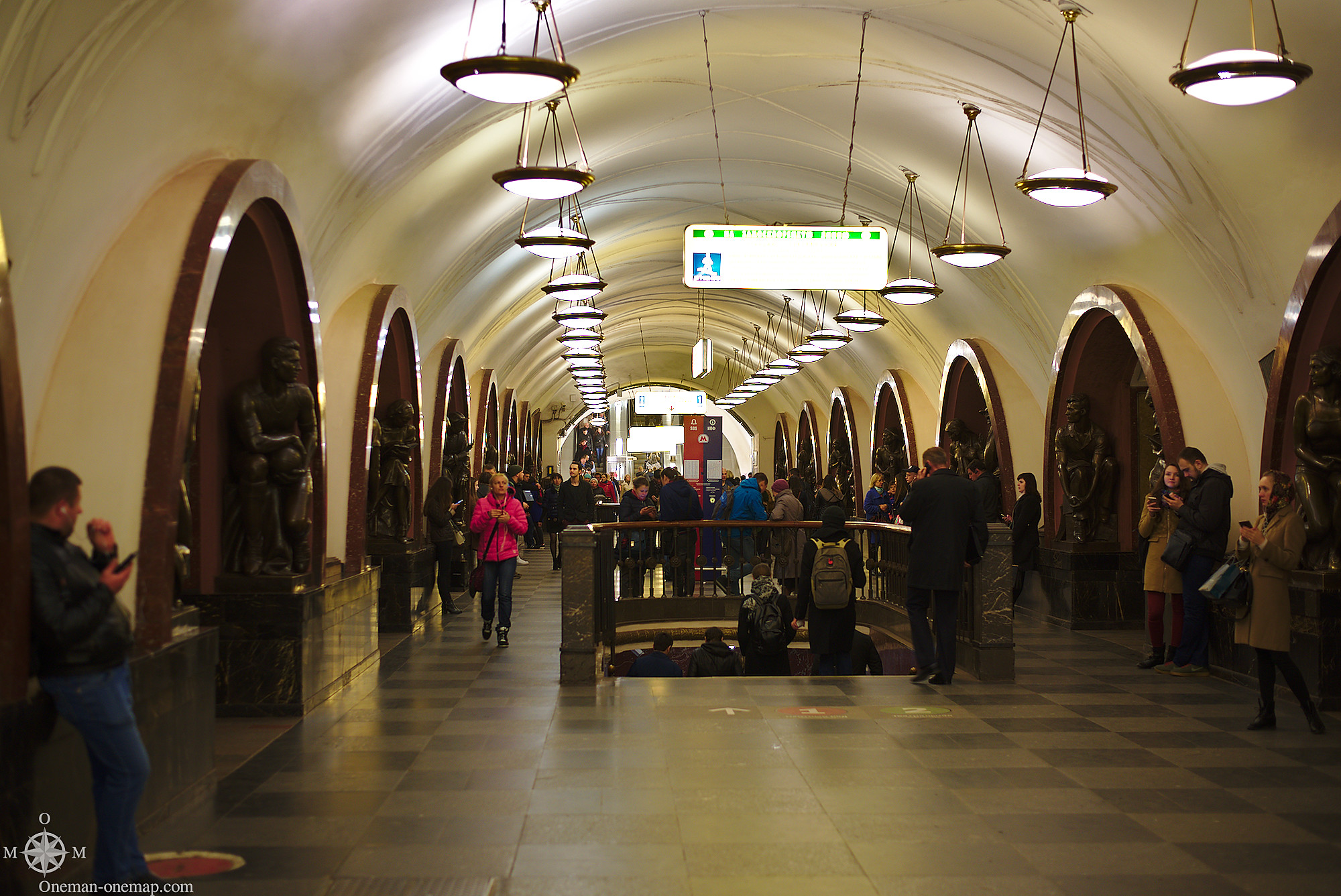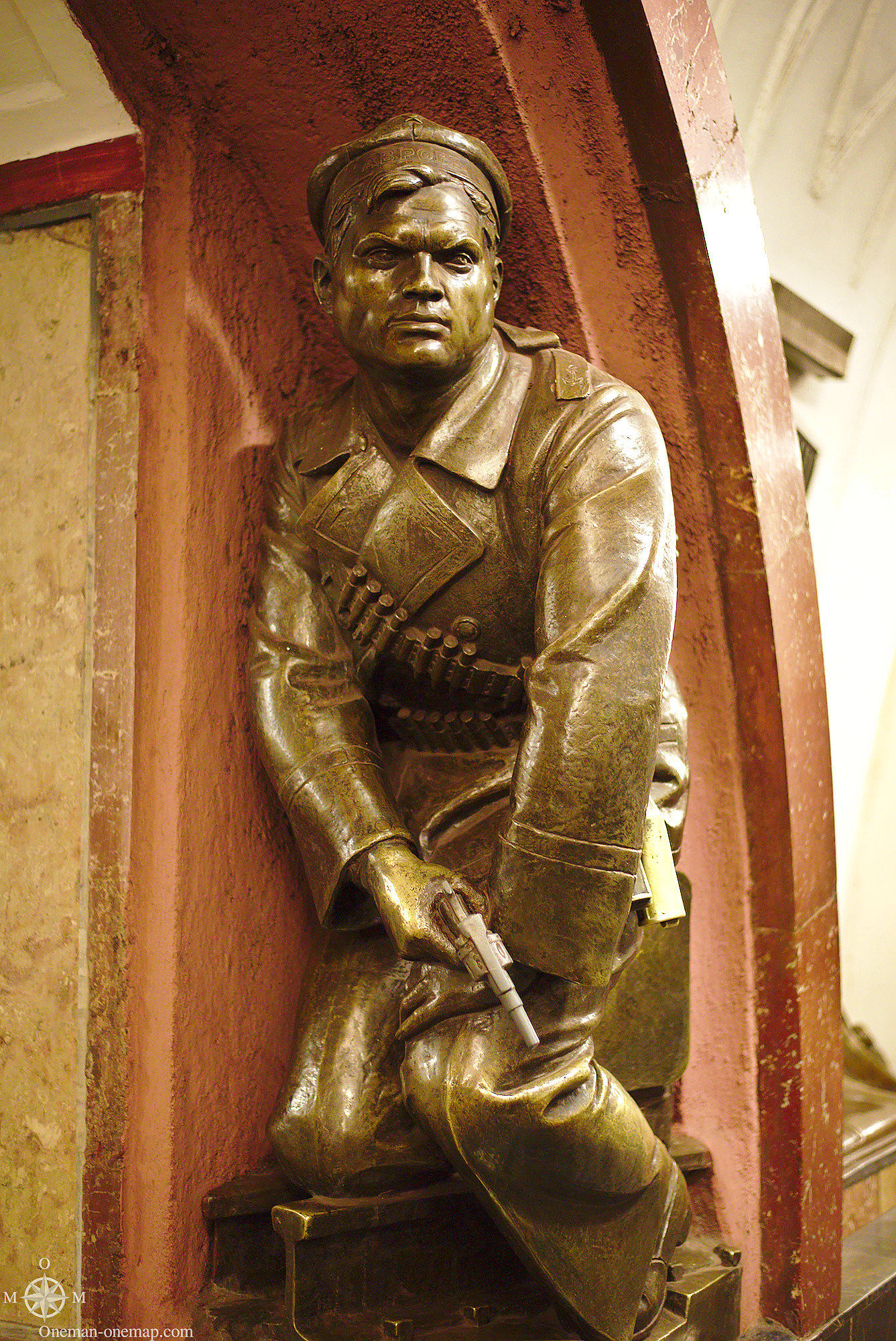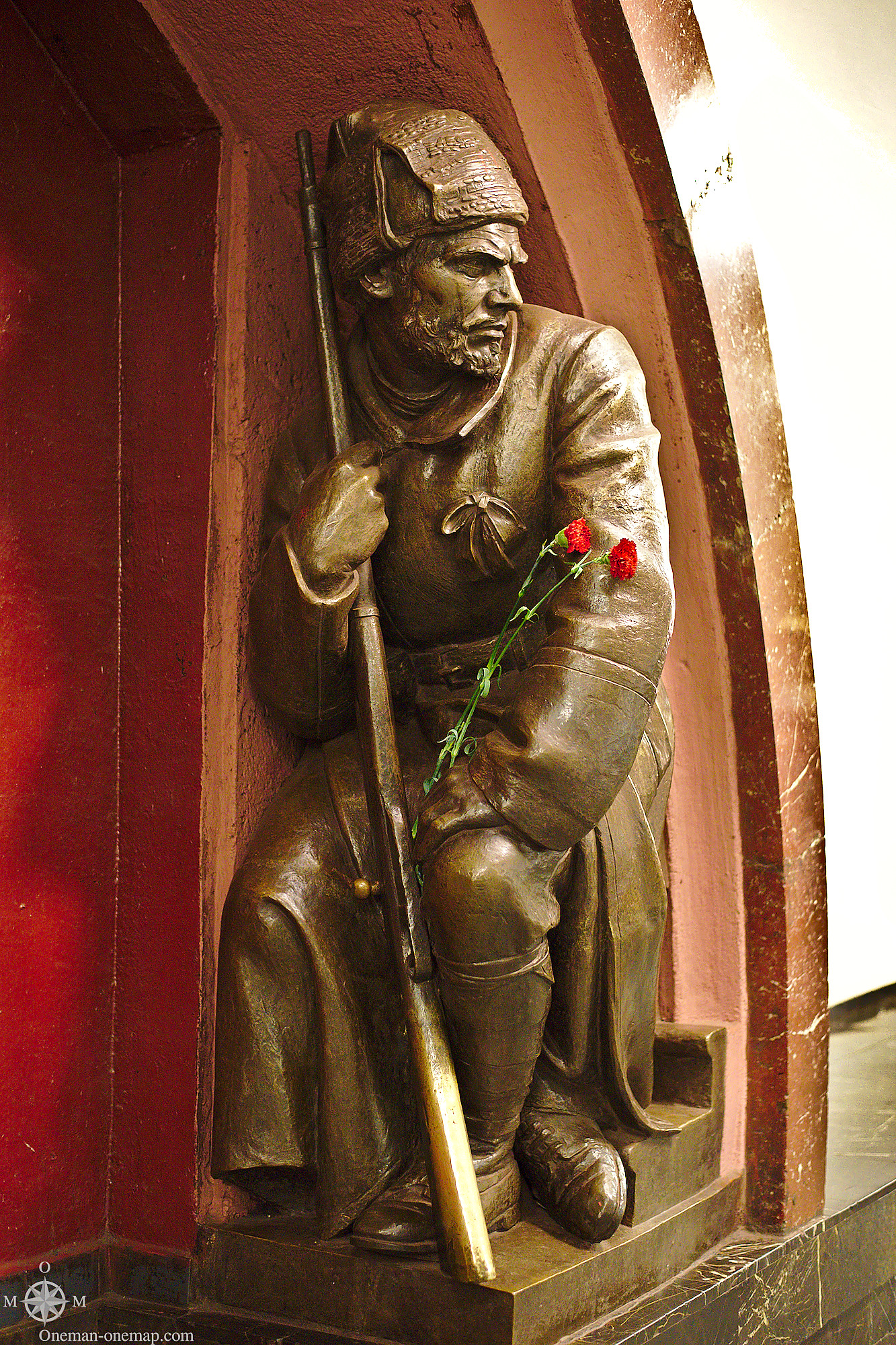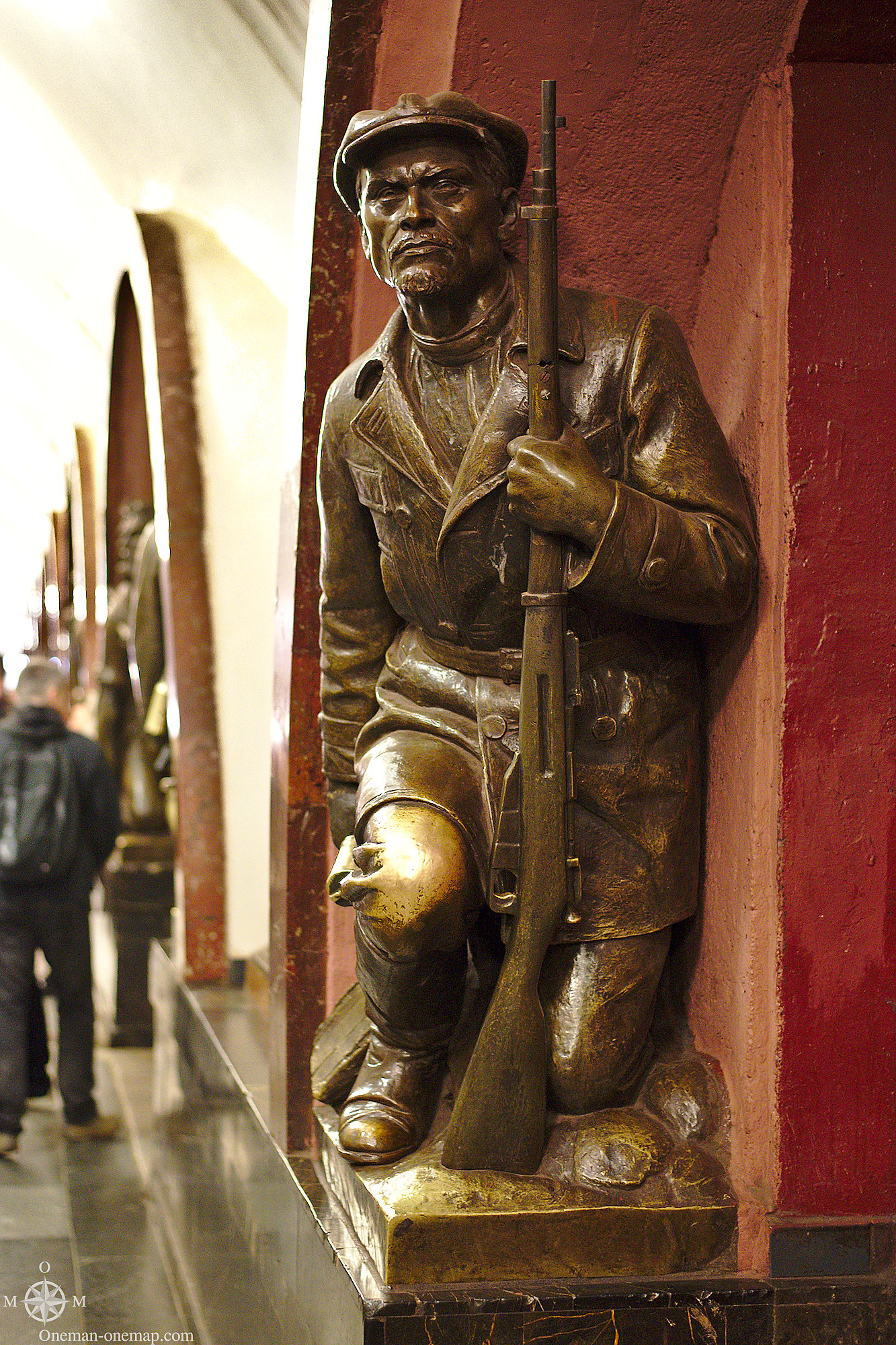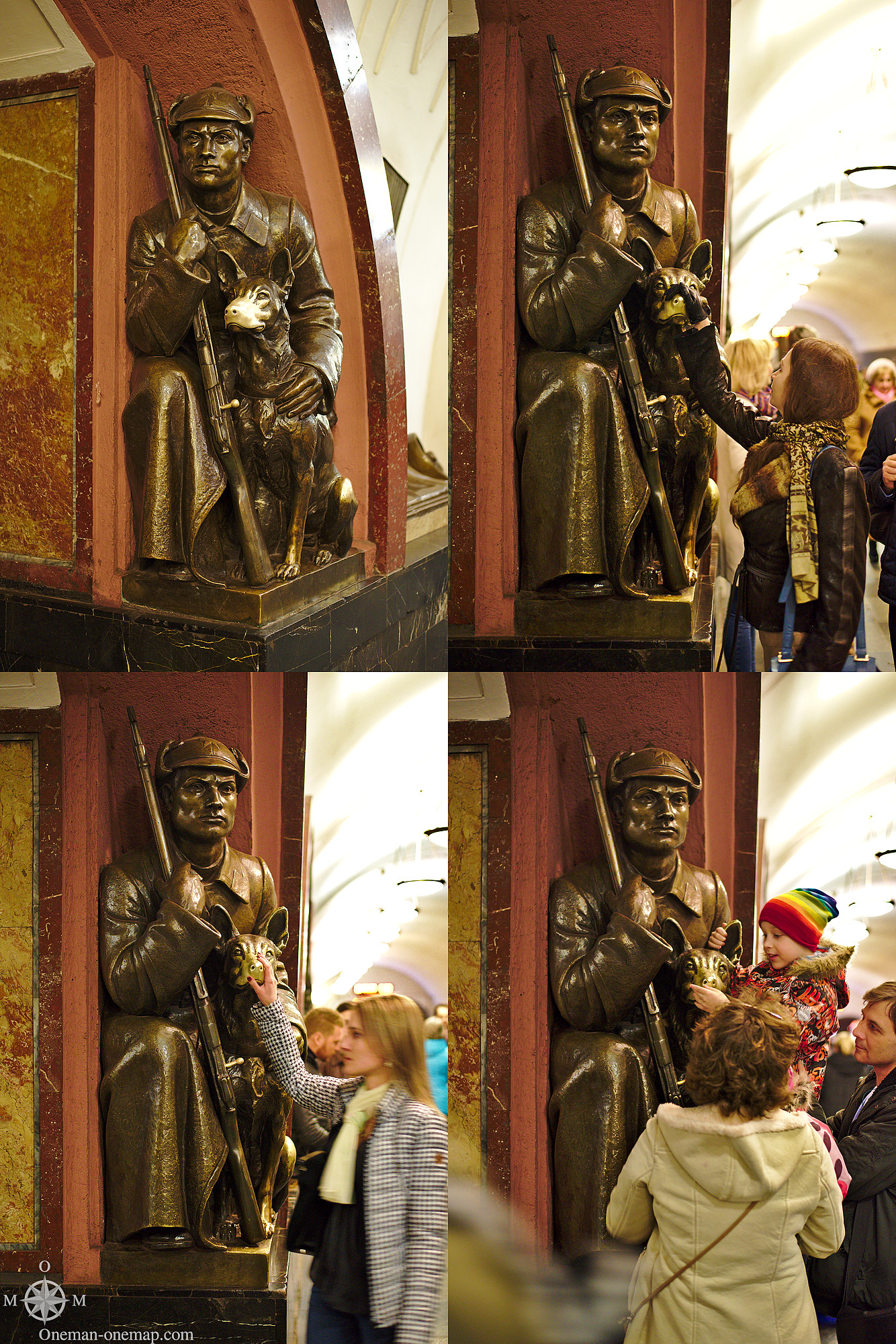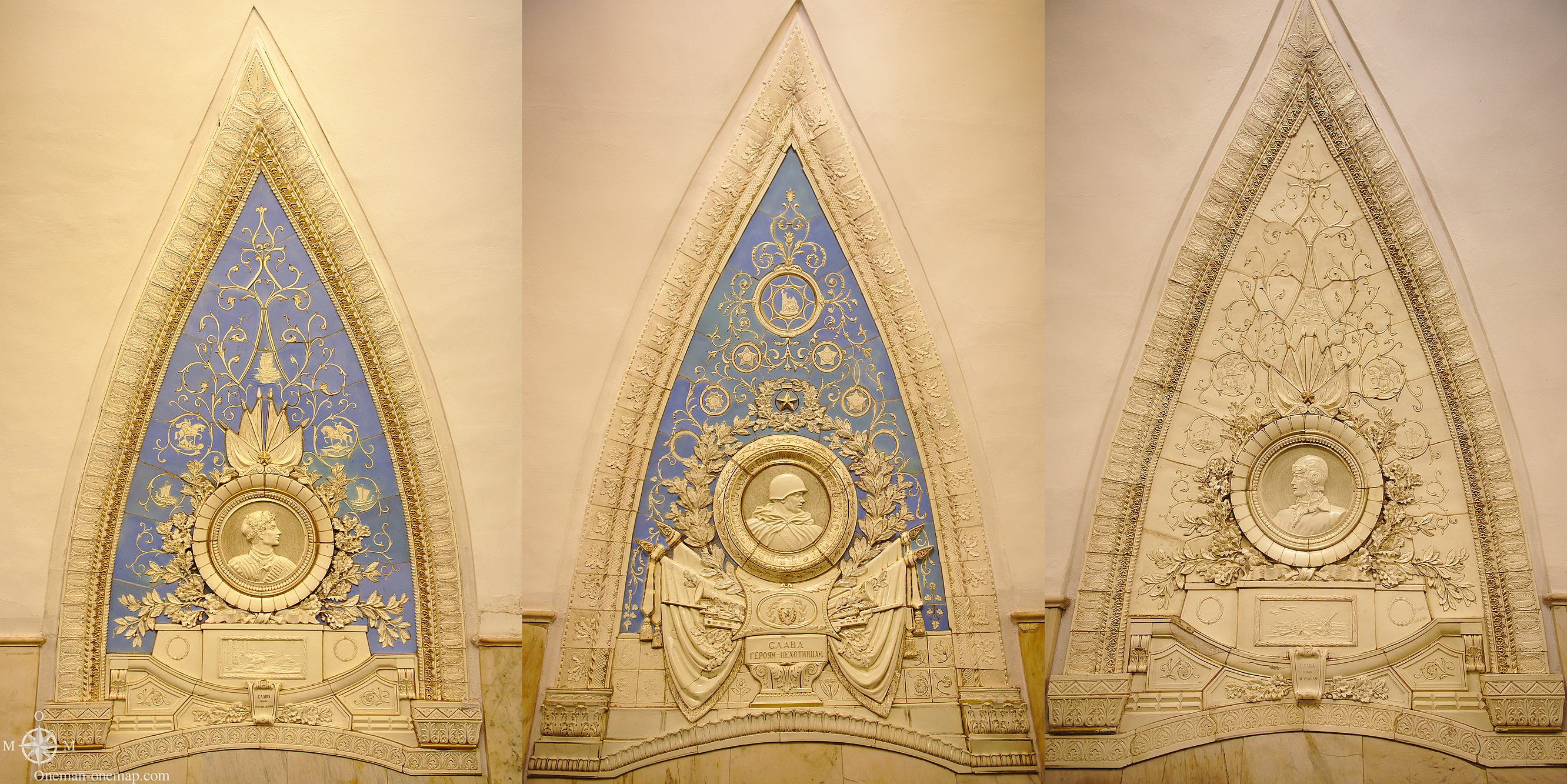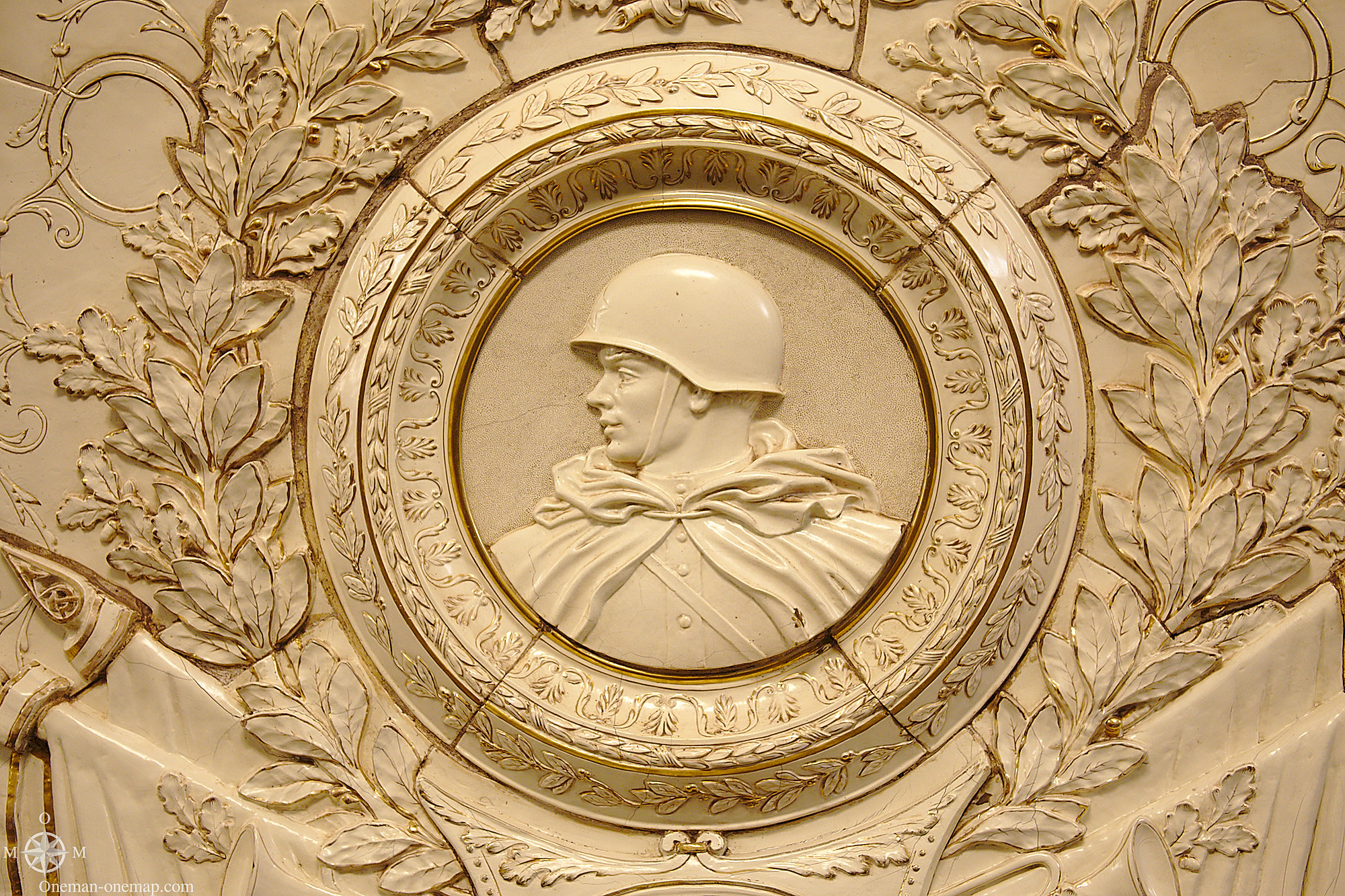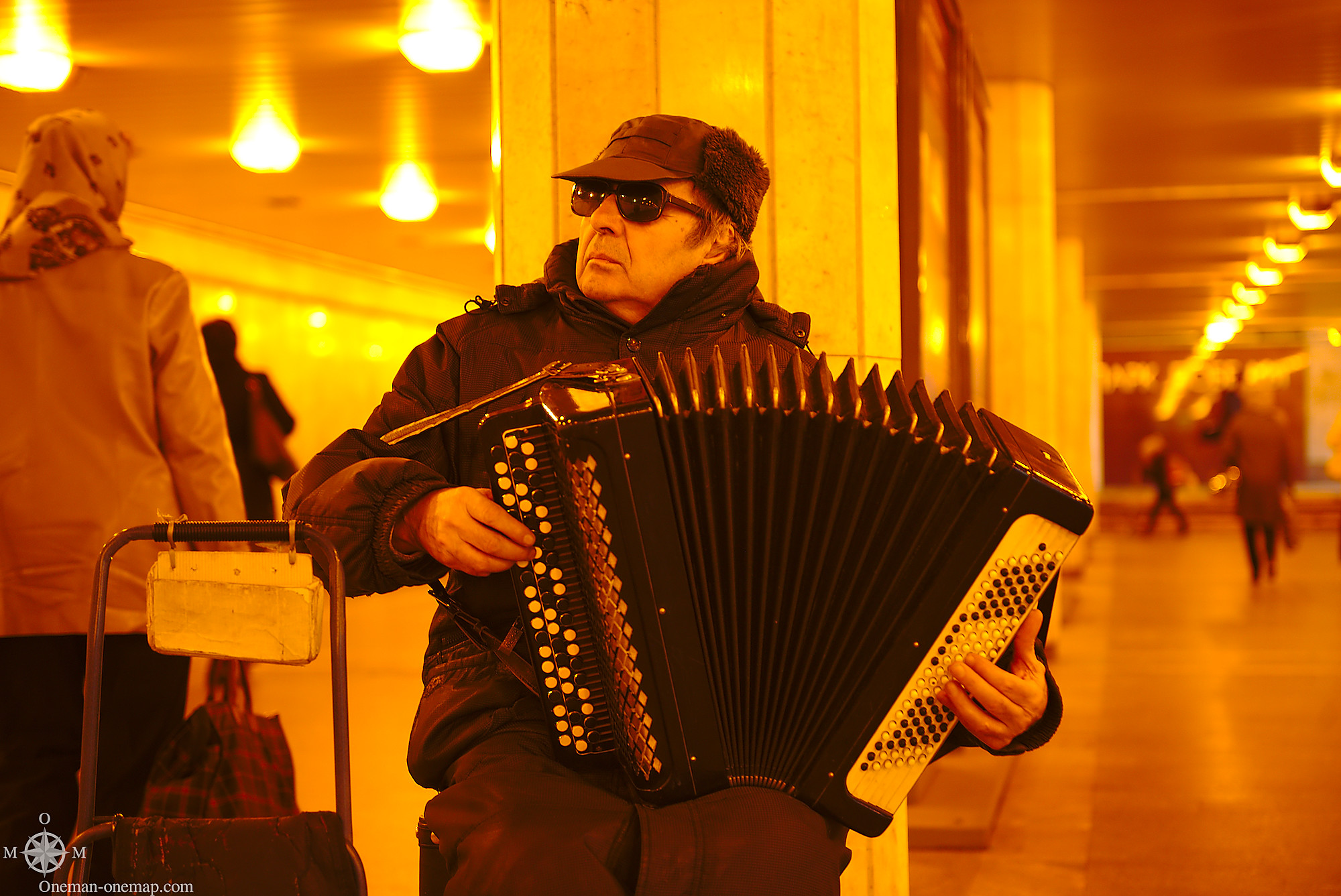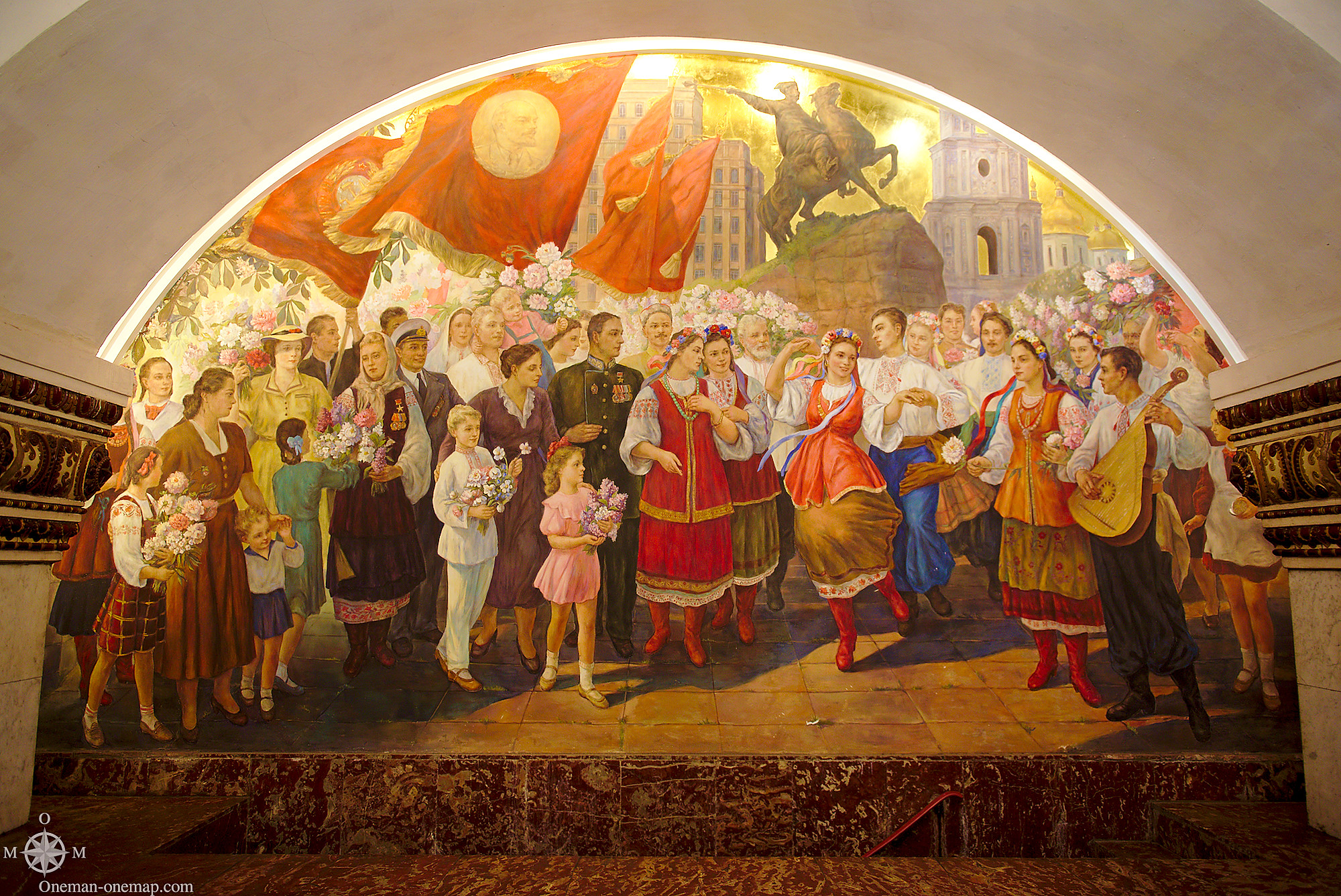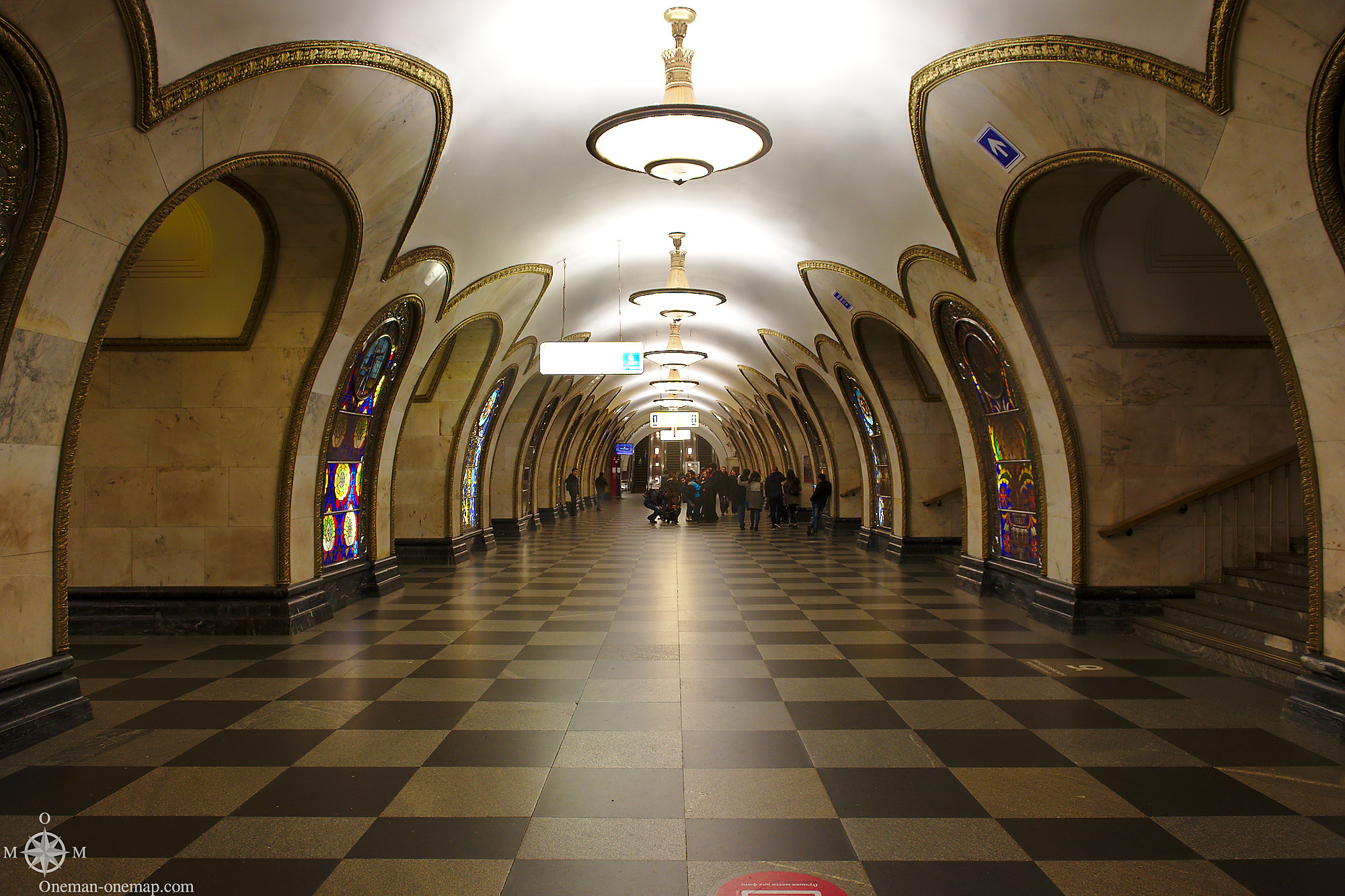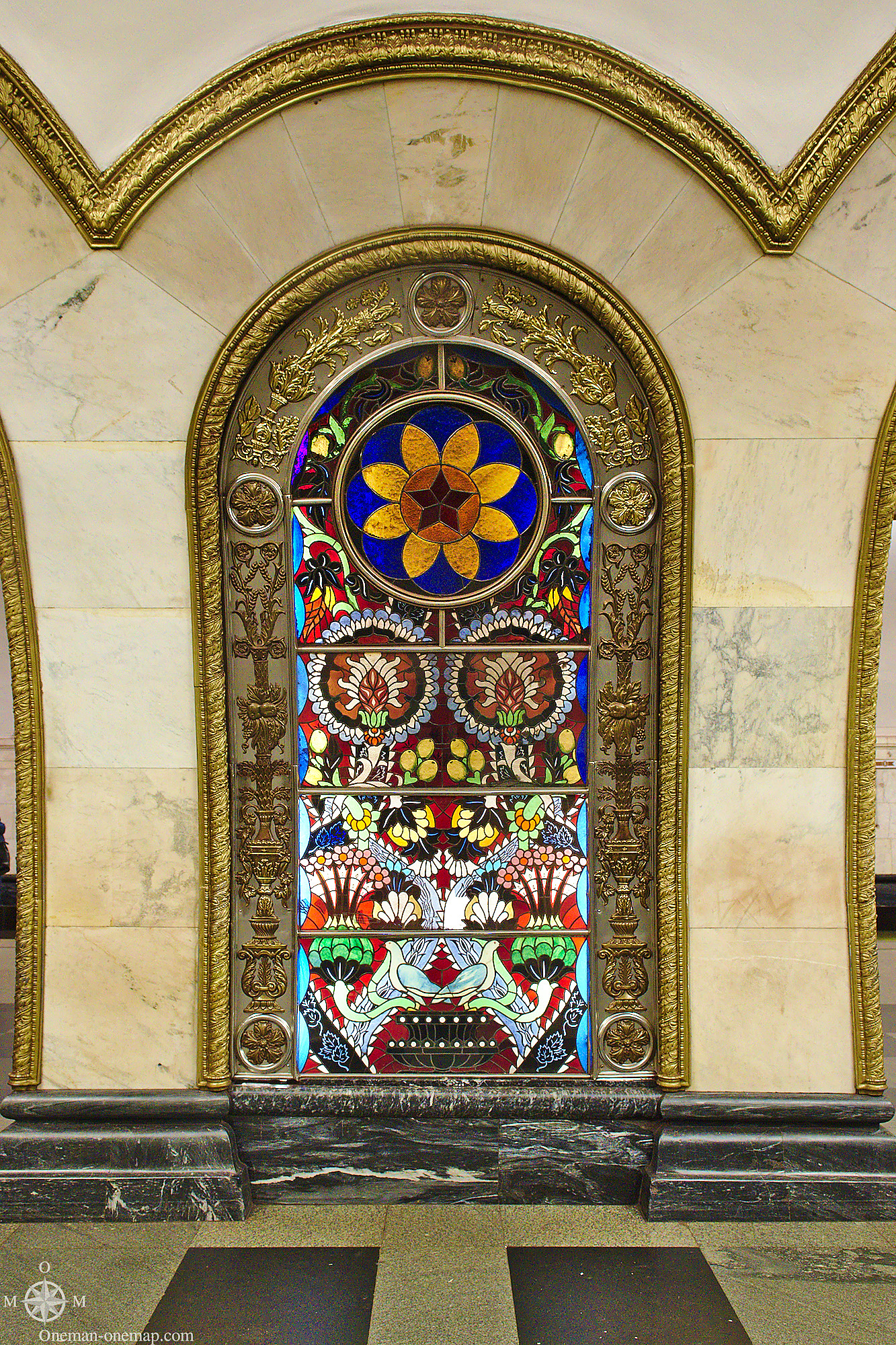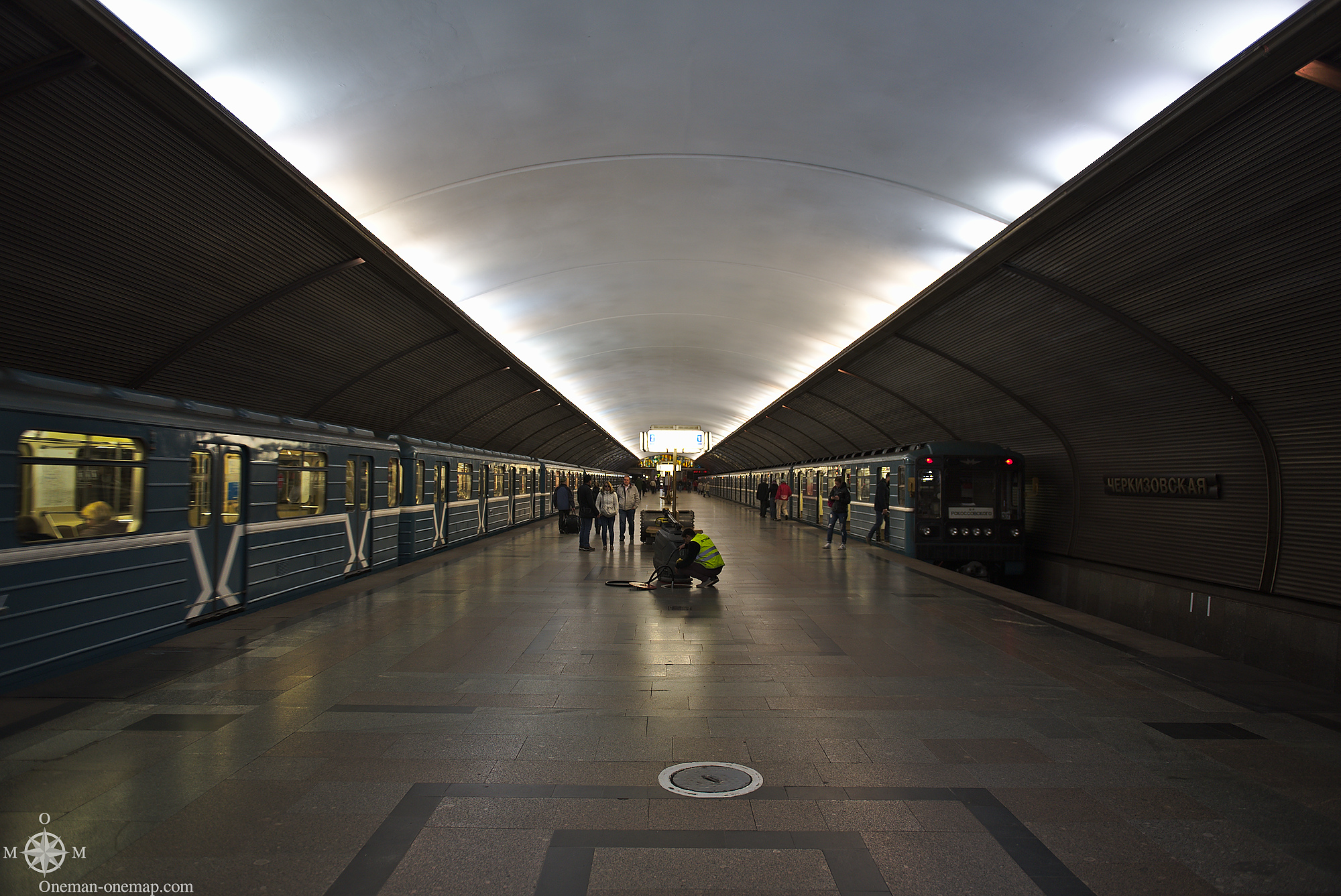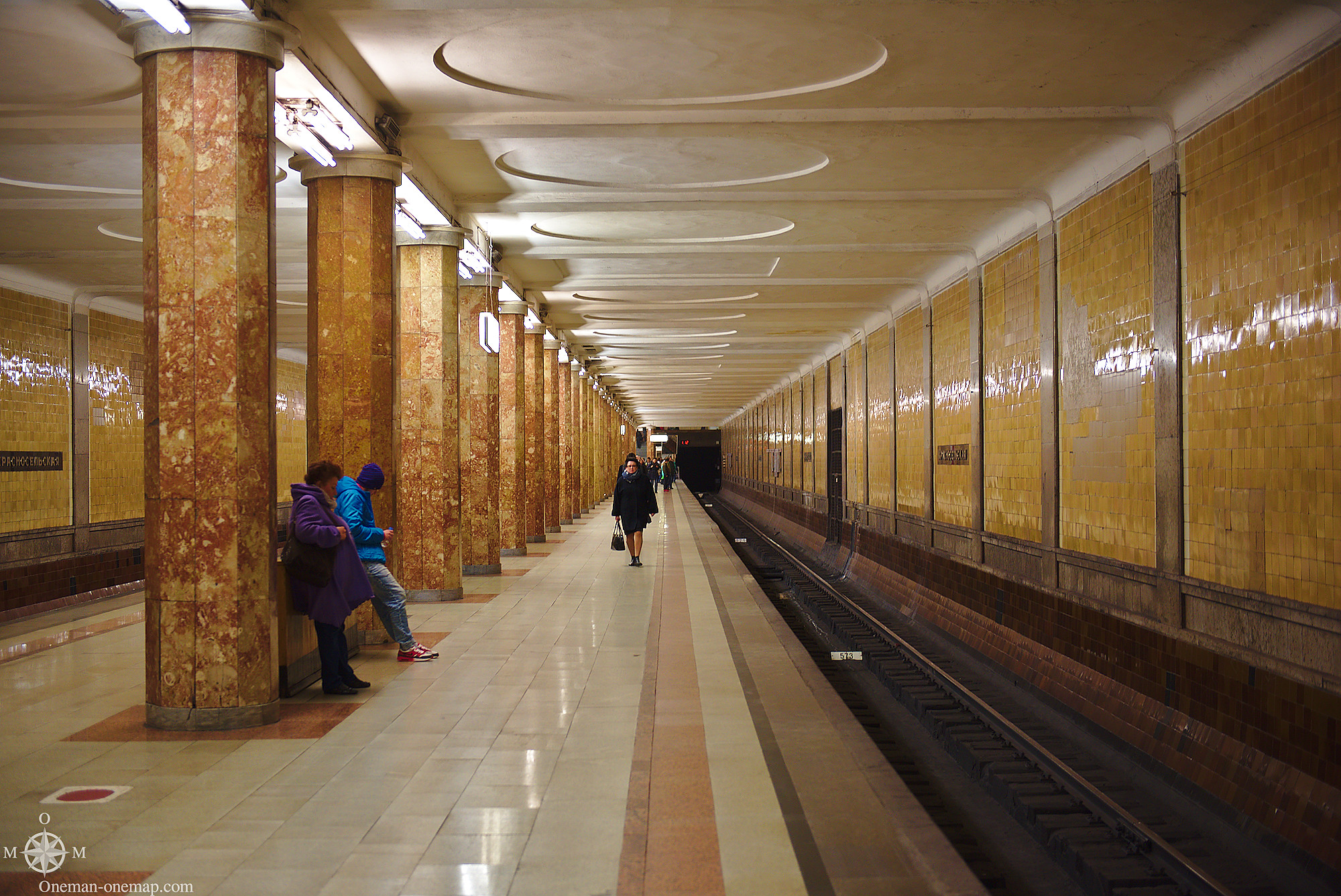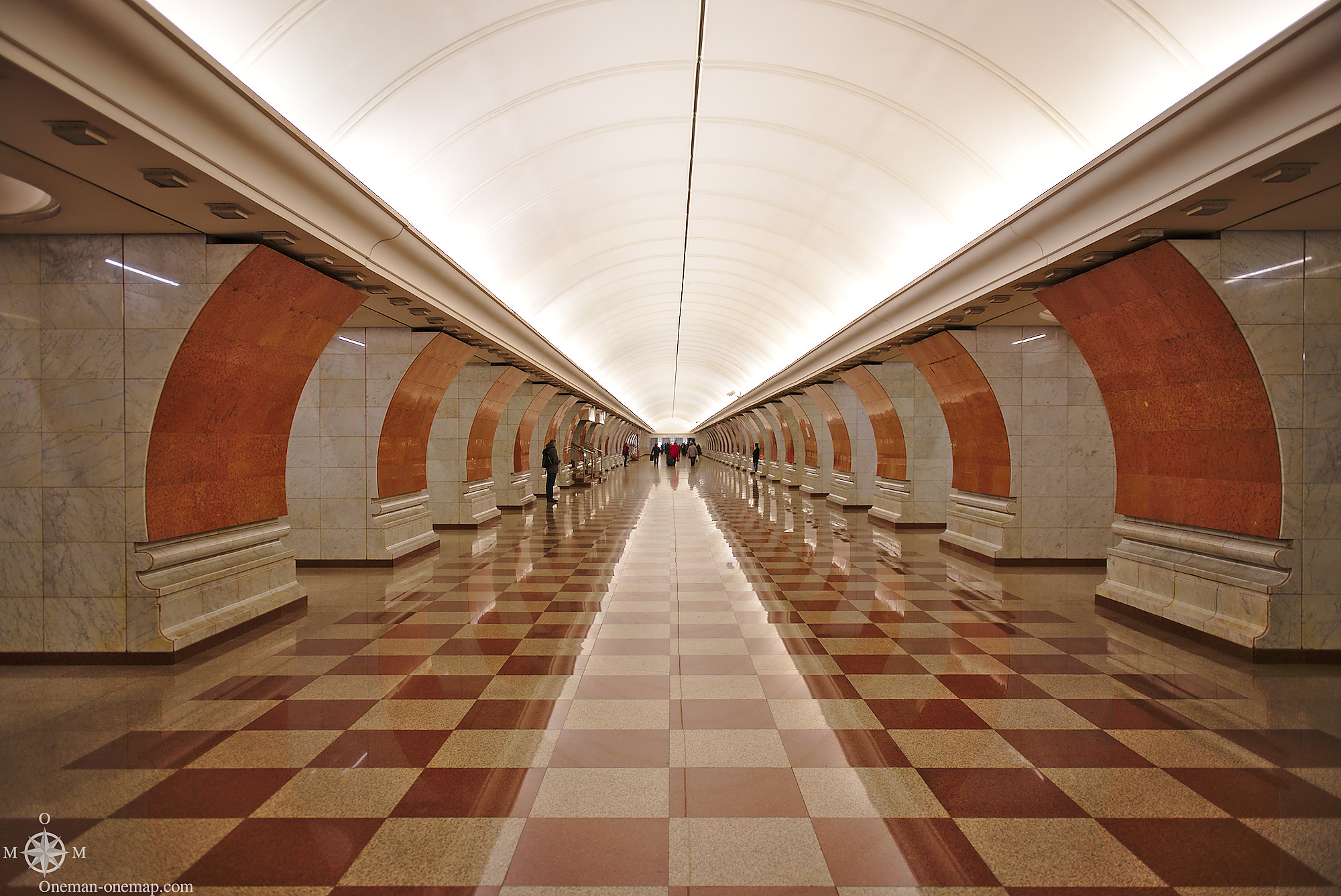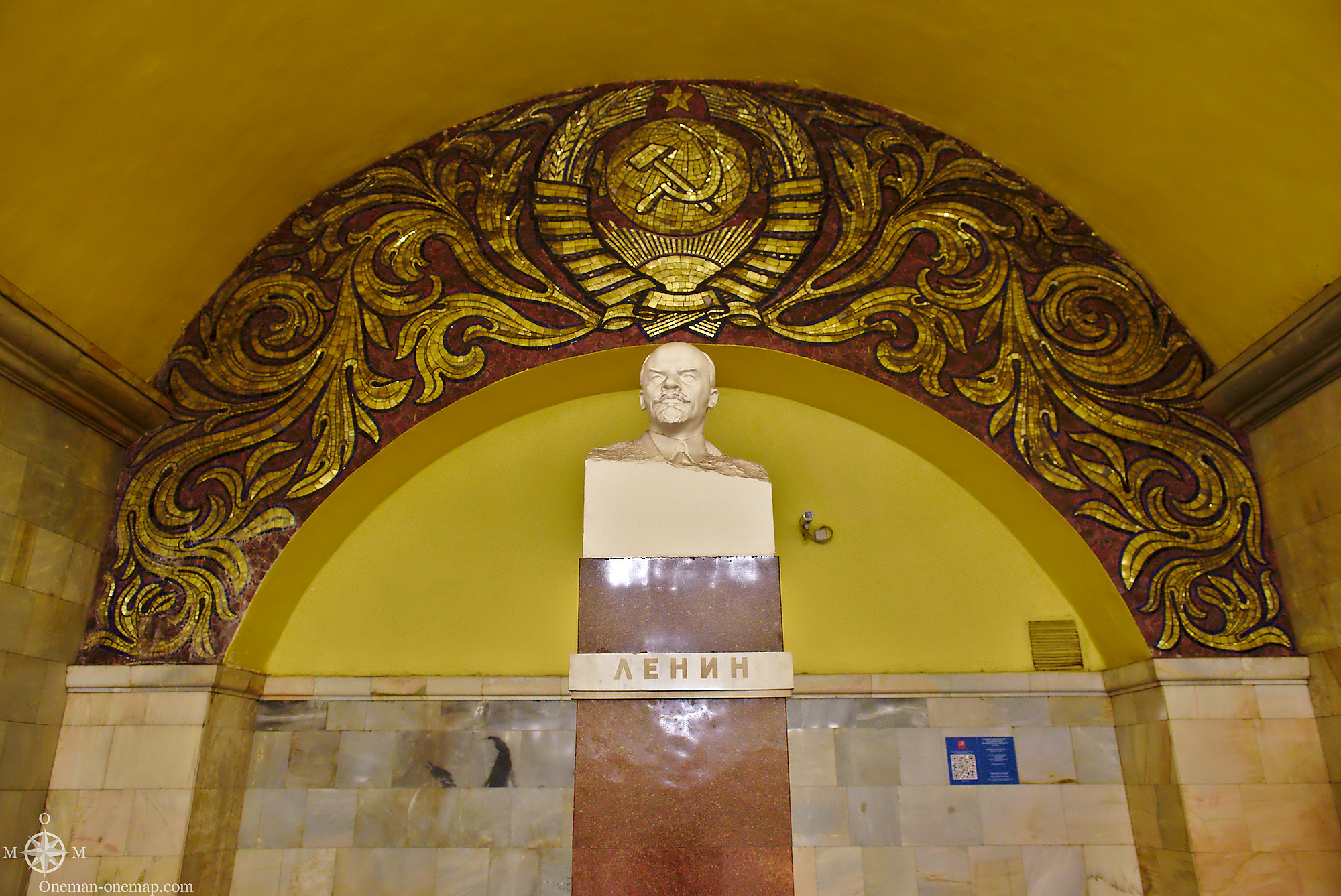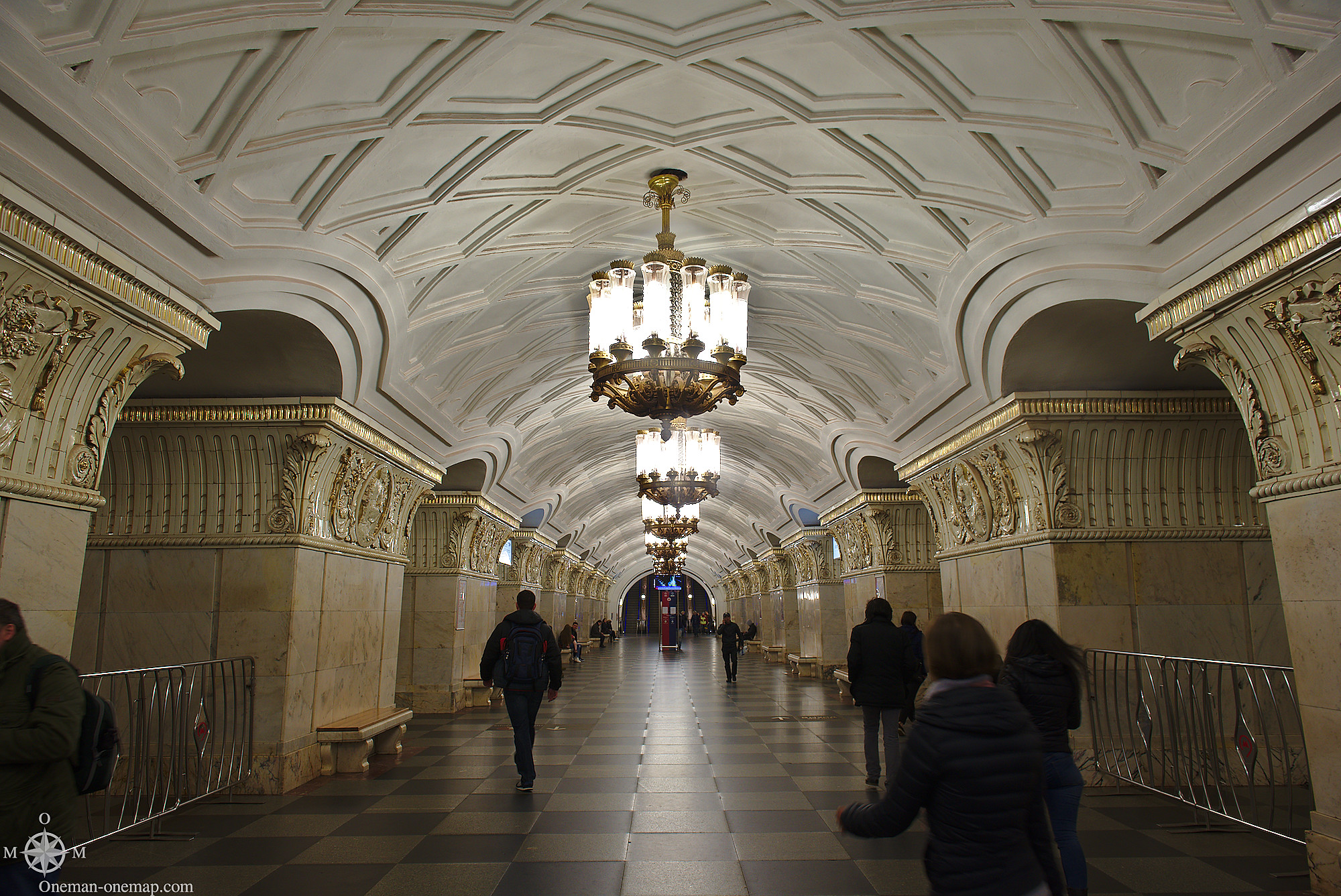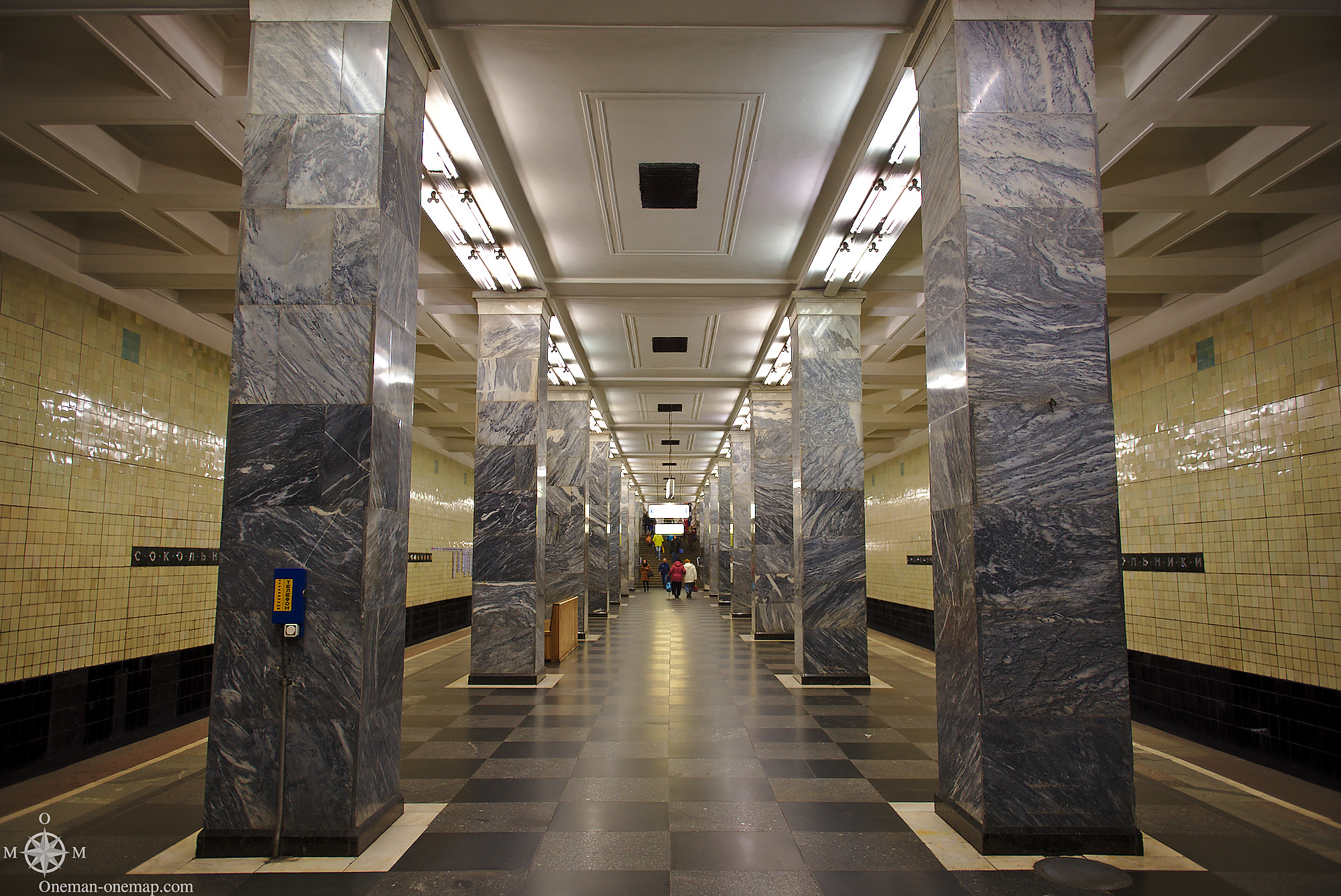Dieser Artikel ist auch auf Deutsch verfügbar. Click here to find out more about Russia!
After my visit to Bunker 42 I’ll just stay below ground and write about my experiences from the Moscow Metro. The Metro of Yekaterinburg had already left me quite impressed, but Moscow was in a different league 🙂
The first line had been opened in 1935. Moscow had the first Metro system in the Soviet Union, but the Soviets were quite late to the game compared to other cities. The Metropolitan Underground Railway in London had been working since 1853, the electric subway in Budapest since 1869, the Berlin subway since 1901 and the New York City Subway since 1904. At the time Moscow already had three million inhabitants and the trams and streets were clogged. People were so happy when the first Metro stations opened that the celebrations turned into a huge public festival. The Bolshoi Theatre even presented a choir made up of 2.200 Metro workers!
There are 13 lines with 206 stations today, the network is 339 kilometers long and the fifth-longest in the world (after Shanghai, Beijing, London and New York).
Using the Metro is very simple. One usually comes to Moscow via one of the train stations, every train station is connected to a major Metro station, and there you buy a contactless smart card. As in other cities there is a variety of tarifs, I had chosen a three-day-card for 400 rubles (about 5,70 €). Hold the ticket over the reader at the barrier, the barrier opens, that’s it.
Security precautions had been increased after the April 3, 2017 St. Petersburg Metro bombings. All stations were equipped with metal detectors, many with additional X-ray equipment. The thoroughness of the checkpoints adapted to the flow of people, but my camera backpack was a major problem: I had to hand it over for X-ray inspection multiple times a day. The officers were all very nice, but I lost quite some time.
The Metro was Stalins pet project. The plan was to build the best and most beautiful Metro in the world. Stations were turned into “underground palaces”. But Stalin wouldn’t be Stalin if he had just stuck to giving orders, one legend still connects him to its layout!
The engineers had initially planned to build straight lines which ran through Moscow at various angles and only intersected in the city center, so you always had to travel there if you wanted to switch to a different line. Obviously that didn’t work and the stations at the intersections couldn’t handle the traffic. During one of the status meetings, Stalin placed his coffee mug on one of the Metro plans, a bit of coffee spilled over and started to form a black ring around the mug. The engineers stared at this circle and immediately realised Stalin’s genius – a ring line. Allegedly the Metro ring line number 5 is still marked in brown color on all the maps because of this 😉
A less funny parts of Metro history is its role as an air raid bunker and command center during World War II. Thirty percent of the Metro workers had to go to war, and the general staff used the Chistye Prudy (Чи́стые пруды́) station as a command center for a while. Up to 15 million people depended on the Metro system as their air raid bunker. Hard to imagine what it must have been like back then!
After the first nuclear bombs had been dropped, additional blast doors had been installed:
To come to the more exciting legends: there supposedly is a secret second Metro network with secret tunnels and stations for the FSB (Ex-KGB), the Metro-2. Depending on the source its tunnels are at a depth of up to 300 meters and the secret network is supposed to be longer than the public one. A secret underground city called “Ramenki-43” is part of these legends too, and defected KGB agents supposedly acknowledged the existence of Metro-2.
Nobody knows how much of these legends is true, but some things have proven to be correct. There are pictures of a secret “D6” Metro line, and I’ve been to the formerly classified Bunker 42 myself. Who knows what else sleeps below Moscow… 😉
The escalators
Usually an escalator wouldn’t be something to write about, but you have to go to a depth between 40 and 70 meters before you can hop on a train. Quite an experience, and you should think twice if it isn’t faster to just walk to the next station above ground…
The Park Pobedy (Парк Победы) station is the deepest station at a depth of 84 meters. Here you can ride one of the longest escalators in Europe: 126 meters long, 730 steps. It takes a full three minutes from one end to the other. Waiting on the escalator can be quite boring, but climbing 126 meters on your own feet is not really an option… 😉
Komsomolskaya (Комсомольская) on line 5
The Komsomolskaya station on line 5 is located under not just one, but four train stations: Kazanskaya (Казанский вокзал), Jaroslavskaya (Ярославский вокзал), Leningradskaya (Ленинградский вокзал) and Kalantschowskaya (Каланчёвская). If you arrive in Moscow with the Trans-Siberian Railway or the Sapsan from St. Petersburg, this will be the first Metro station you walk into. Incidentally it’s also one of the most beautiful ones, so you might now already be spoiled for all the future ones 😉
If you’ve heard of the term “underground palace” before, you will immediately know what it really means. These ARE palaces. The ceiling at this station sports giant mosaics depicting scenes from the lives of national heroes. As so often, Comrade Lenin is among them.
Ploshchad Revolyutsii (Пло́щадь Револю́ции) on line 3
This station is well-known for its 76 bronze statues depicting “the people of the Soviet Union”. There are soldiers, farmers, workers, athletes, writers, pilots etc., but it felt like the military was maybe a bit… overrepresented?
Here you can witness another one of the legends surrounding the Metro: Touch the snout of this dog for good luck! I didn’t have to wait long to take a lot of pictures of people touching the dog 🙂
Taganskaya (Тага́нская) on line 5
This station has huge ceramic plates on the walls, the reliefs are dedicated to various branches of the armed services. Bunker 42 is somewhere behind these walls.
Taganskaya is a good place to see the difference between the station built under Stalin and the ones built after his death. The beautifully decorated station on line 5 was opened in 1950. The station close to it is also called Taganskaya, but is on line 7, was opened in 1966, and only has simple marble and granite decorations.
The artists are also an important part of the “Metro-Experience”, by the way:
This guy was playing his guitar with an impressive amount of precision! 🙂
Kievskaya (Ки́евская) on line 5
The fresco at one end of the hall was painted for the 300th anniversary of the Pereyaslav Council in 1954. In Soviet propagada this Council was seen as an act of re-unification of Ukraine with Russia. And the re-unification of parts of Ukraine with Russia is again on the news today…
Novoslobodskaya (Новослобо́дская) on line 5
Metro station or church? The Soviets asked the same question, and architect Pawel Korin was criticised a lot for his design. But the people liked the painted glass from Lithuania, and maybe that’s why the station remained intact.
I’ll finish with some pictures without comments, I had to draw the line somewhere 🙂
Cherkizovskaya (Черки́зовская) on line 1
Krasnoselskaya (Красносе́льская) on line 1
Park Pobedy (Парк Победы) on lines 3/8
Okhotny Ryad (Охотный рядan) on line 1
Prospekt Mira (Проспе́кт Ми́ра) on line 5
Sokolniki (Соко́льники) on line 1
In the next post I’ll continue above ground 🙂
This post was written by Simon for One Man, One Map. The original can be found here. All rights reserved.

